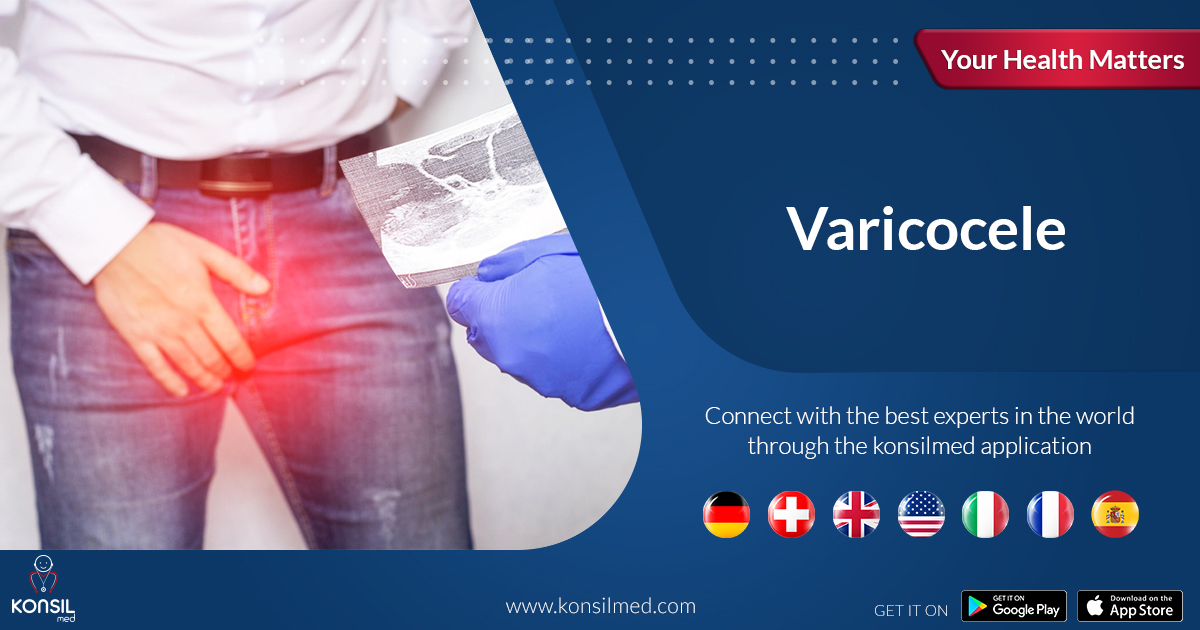
Varicocele is an enlargement of a vein or several veins in the scrotum, similar to the varicose veins that appear in the legs or in other places in the body. We find this phenomenon in approximately 10% of men and in 30% of men with fertility disorders.
In 90% of cases, varicose veins appear on the left side, while in approximately 10% they are bilateral, and only in a few cases they appear on the right side alone.
Symptoms of varicocele:
Varicocele appears as a swelling in the upper part of the scrotum, which can be felt during a physical examination. It is sometimes prominent and can generally be seen with the naked eye when standing. According to its size, in most cases varicocele does not cause symptoms, but in cases where it causes pain, the pain is characterized by: Come:
Unclear pain or feeling pain in the testicles and even feeling very sharp pain.
A defect in male fertility.
*The pain gets worse when sitting, standing, or making physical effort, especially if it is for a prolonged period.
The pain gets worse during the day and peaks at night.
* Pain relieves when lying on the back.
Varicoceles have a tendency to get bigger over time so that they become palpable and bothersome.
Varicocele causes and risk factors:
The exact cause of fertility disorder caused by varicocele is not yet known. Many mechanisms have been proposed to explain the matter, the main ones among which are:
*High temperature: The temperature surrounding the testicles rises due to the accumulation of blood in the dilated testicular veins.
*Accumulation of harmful substances: They harm the development of the testicles or the production of semen when there is a lack of proper drainage of blood from the testicles area.
* Damage to the vein valves: The valves contribute to the return of blood from the testicle to the body, and as a result, venous congestion occurs in the testicle continuously, which leads to the veins becoming larger and expanding.
*Age: Varicocele tends to occur in adolescence, i.e. between 15-20 years, more than at any other stage in life. Varicocele
Most often, varicocele occurs in the left testicle; This is because the vein of the left testicle is located at a more vertical angle compared to the vein of the right testicle, which is located at an angle that facilitates the process of draining blood. Despite this, the varicocele in the left testicle causes harm to the sperm production process in the right testicle.
Complications of varicocele:
Among the most important complications associated with varicocele:
1. Testicular shrinkage
The largest part of the testicle consists of a series of tubes that produce sperm cells. These tubes are damaged when the production of sperm cells is damaged, which leads to shrinkage of the testicle.
One explanation for this condition is that due to the accumulation of blood in the testicle, this leads to a greater effect of toxic substances, which leads to cell death.
2. Complete fertility decline
The ideal temperature for testicular cells to function is 35 degrees Celsius, so the testicles are located in the scrotum outside the body.
The main goal of the network of veins in the testicle is to cool the testicle and prevent its temperature from rising. Therefore, the temperature of the testicle is likely to rise when blood flow in the testicle becomes slower than usual due to varicocele, which will limit the movement of sperm cells and decrease their quantity.
Diagnosis of varicocele:
Most cases of varicocele are diagnosed in the early stages, as the diagnosis is made after the patient complains of heaviness in the testicle or when the patient notices a change in the shape of the testicle, and the diagnosis is as follows:
1. Physical examination
The diagnosis is made by the doctor through:
* Inquiries about low fertility in men.
* The doctor feels the testicle, then he feels the presence of a lump that does not cause pain when touched, but if the varicocele is too small for the doctor to feel when touching the testicle, the doctor asks the patient to raise the pressure in the abdomen as we do when we want to defecate, this process called The Valsalva maneuver reduces venous return to blood vessels and thus the varicocele enlarges and can be palpated.
2. Photography media
Through an ultrasound examination, we can receive a comprehensive picture of the testicle so that we can confirm the presence of varicocele. In addition, this examination allows us to determine the cause responsible for this condition, such as the presence of a tumor in the spermatic cord that leads to the appearance of varicocele.
Varicocele treatment:
Not all cases of varicocele are treated. The cases that are treated are when the varicocele causes pain and testicular atrophy, or when it leads to fertility disorders.
Surgical treatment of varicocele centers around blocking the dilated vein in the testicle and returning blood flow to normal, although the effect of surgery on fertility has not yet been known. Treatment methods include:
1. Open surgery
This method is the most common as the testicle is accessed through an incision in the abdomen or groin. The surgery is performed under local or general anesthesia, and during the surgery a microscope is used in order to reduce as much as possible the possibility of complications.
The recovery process after the surgery is fast and the pain caused by this operation is minimal.
2. Laparoscopic surgery
In this surgery, a small incision is made through which a small camera is inserted and another incision is made to insert the surgical equipment, but this surgery is rarely performed because it is associated with anesthesia and has more complications than open surgery.
3. Percutaneous embolization
A radiologist intervenes in performing this surgery, and during this process a catheter is inserted into the veins, so that we see in the radiographic examination that the catheter is in a place where we can release small stents to block the dilated vein.
This surgical method is not widely used. Because it is more complex than other methods and is more likely to cause complications.
4. Other treatments
If the varicocele causes minor discomfort and does not require surgery, it is possible to use:
* Regular pain relievers to relieve a for pains.
* Flexible underwear that supports the testicles, which reduces congestion in the veins.



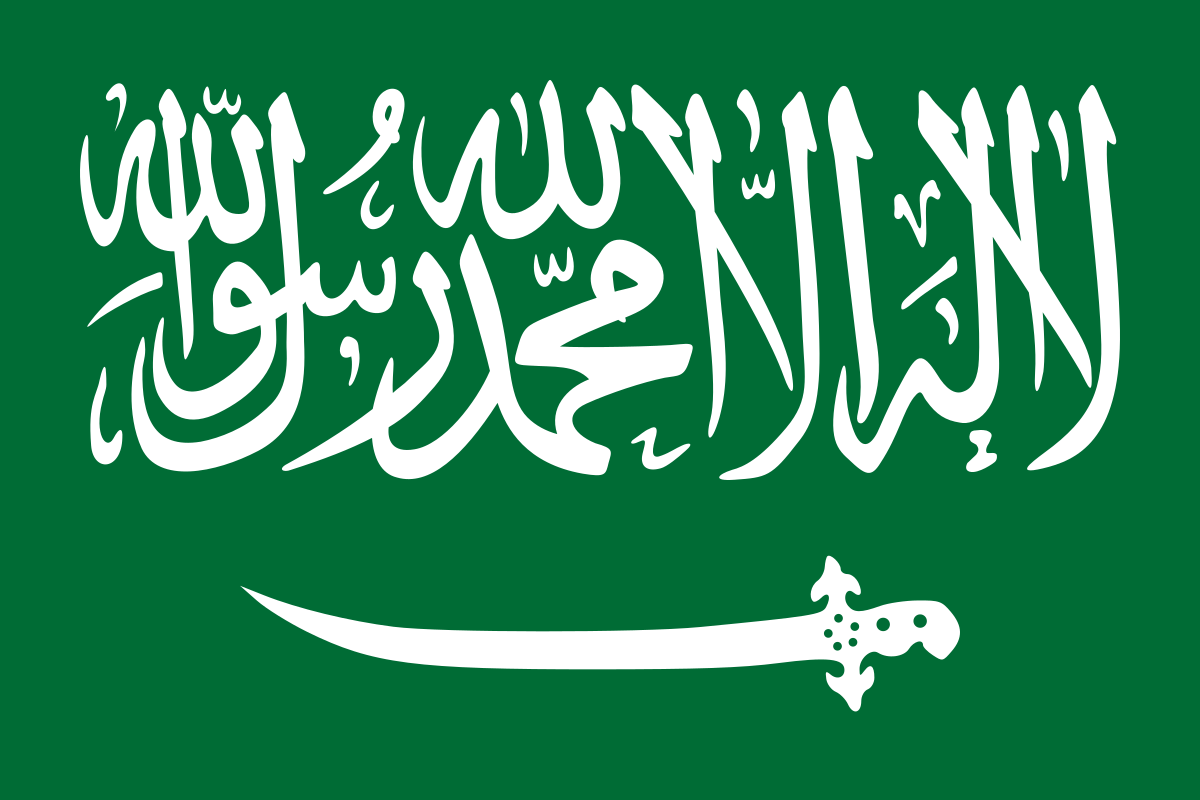
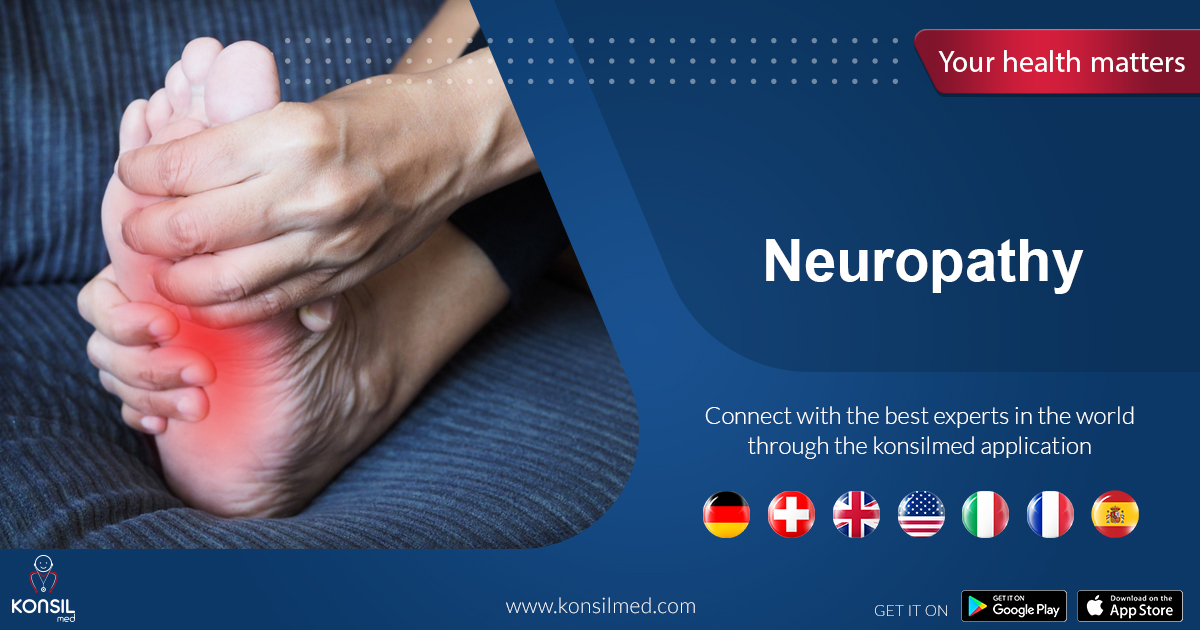

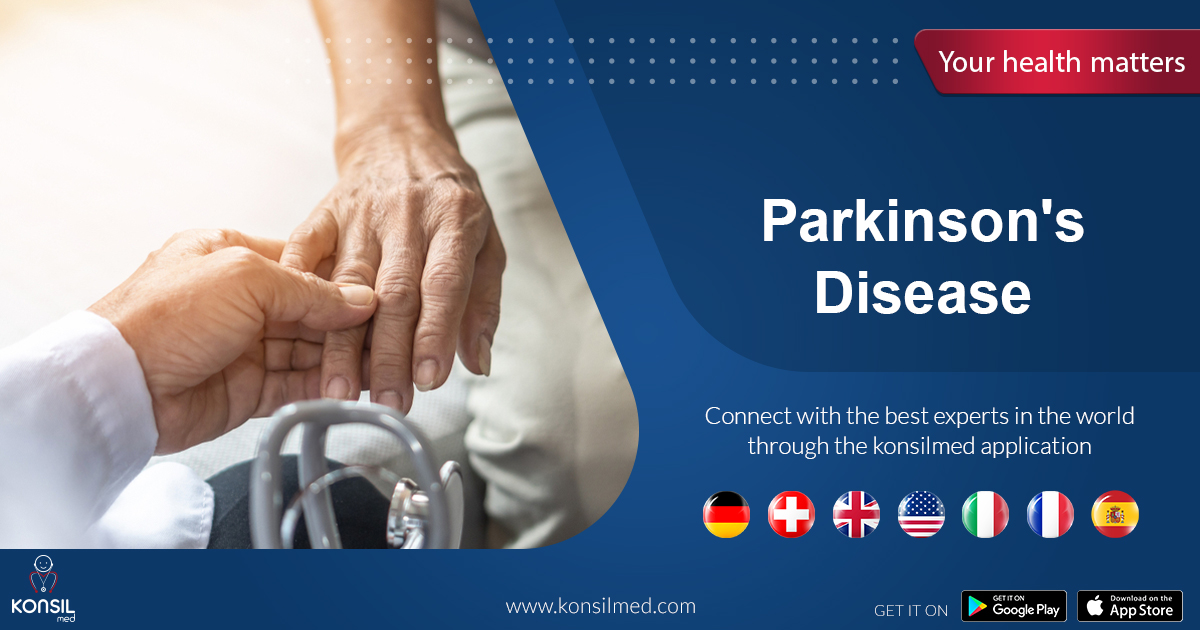
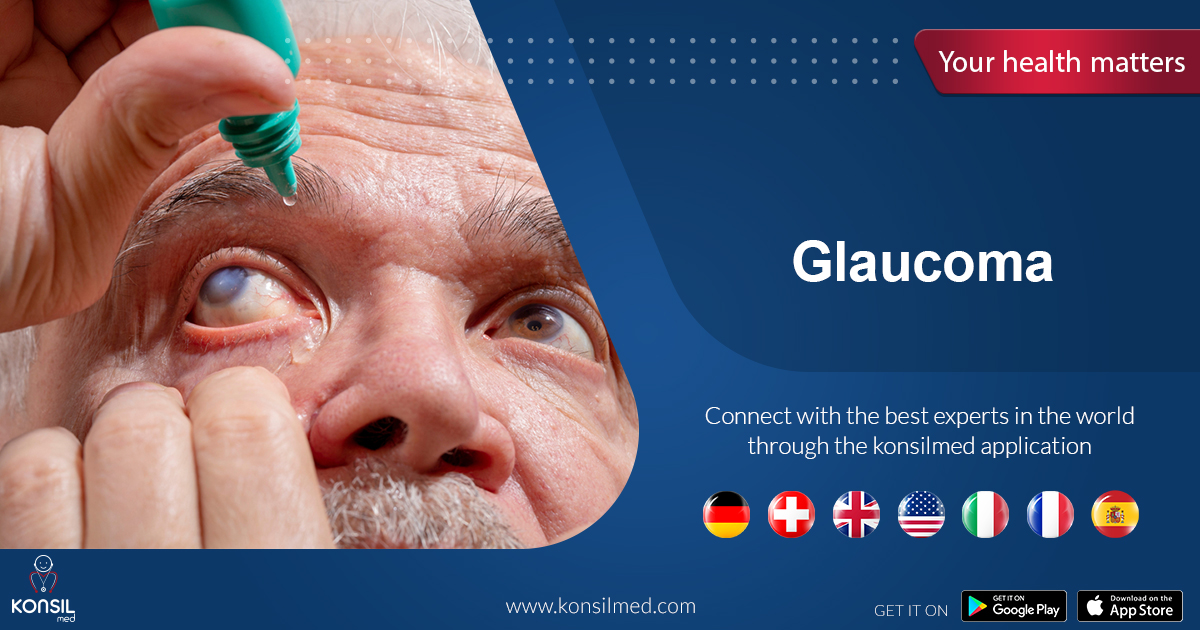

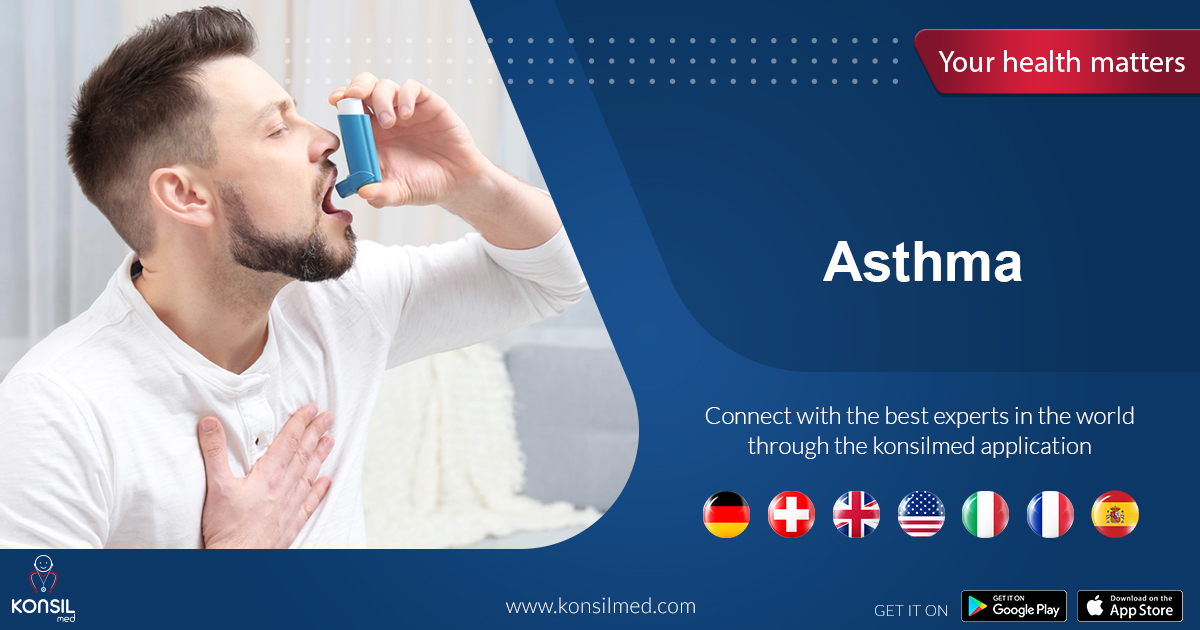

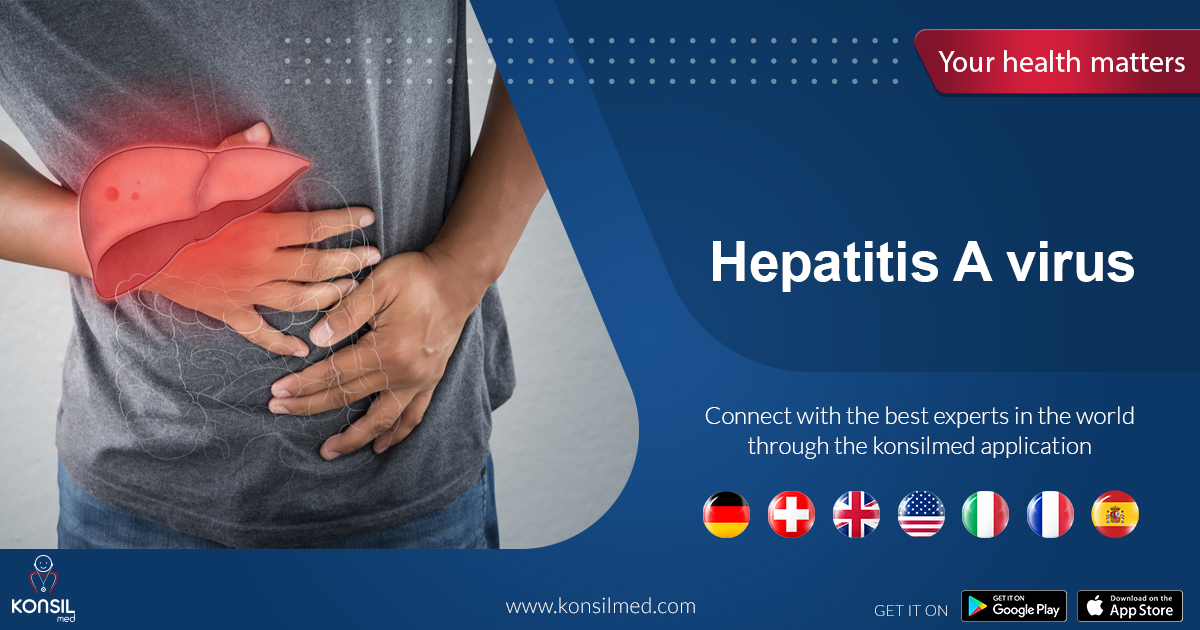
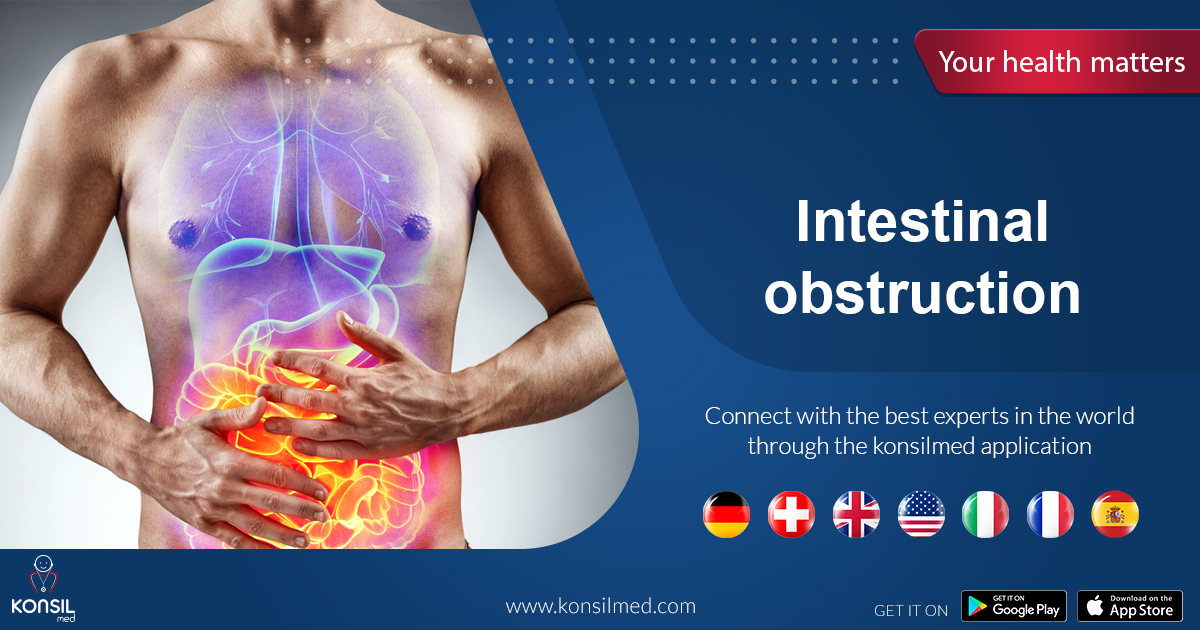
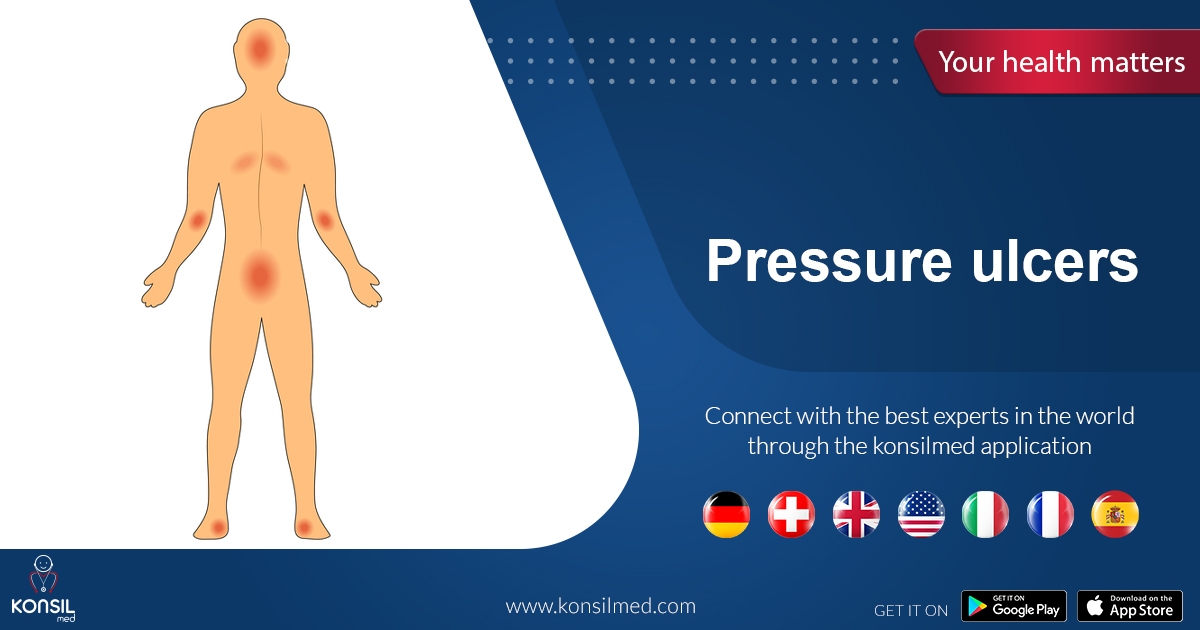
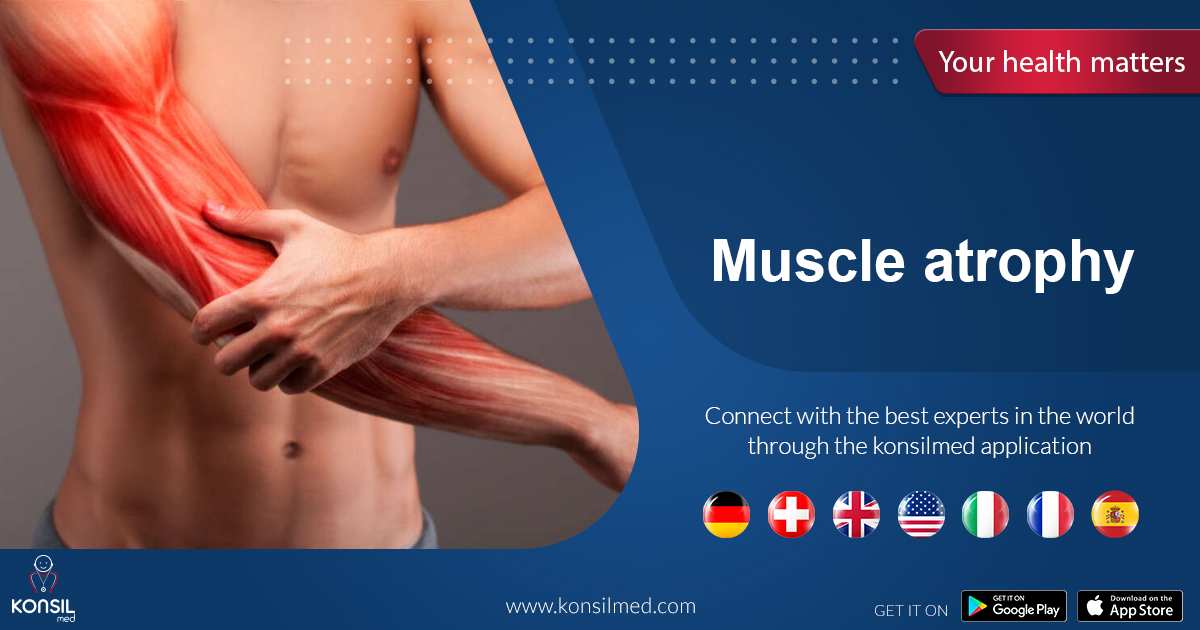
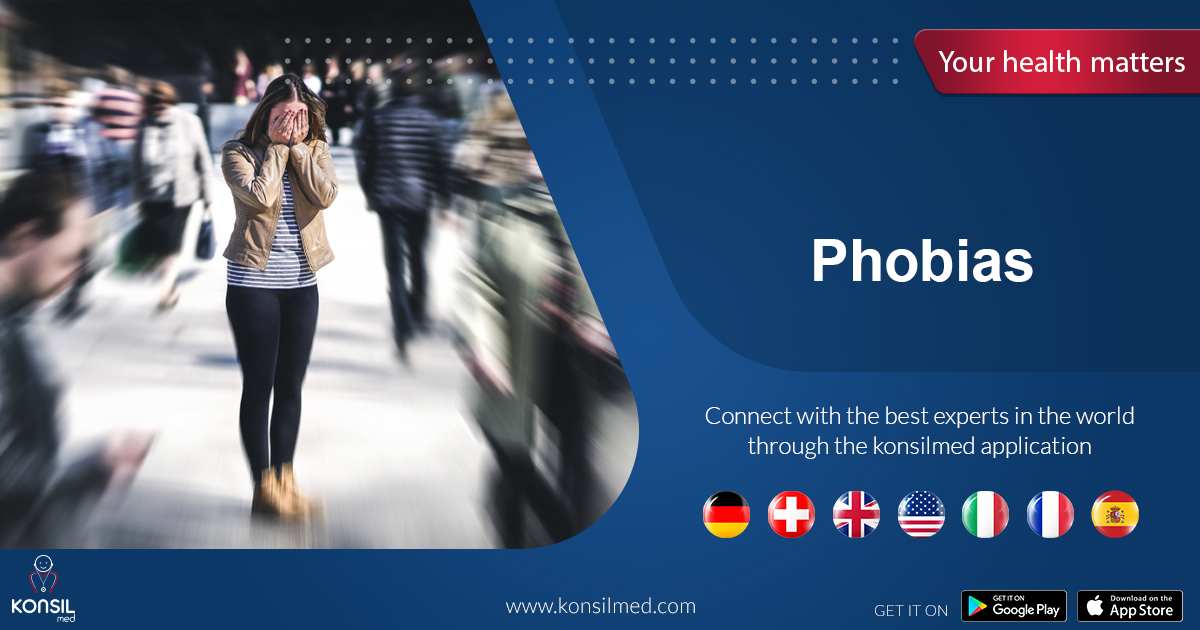
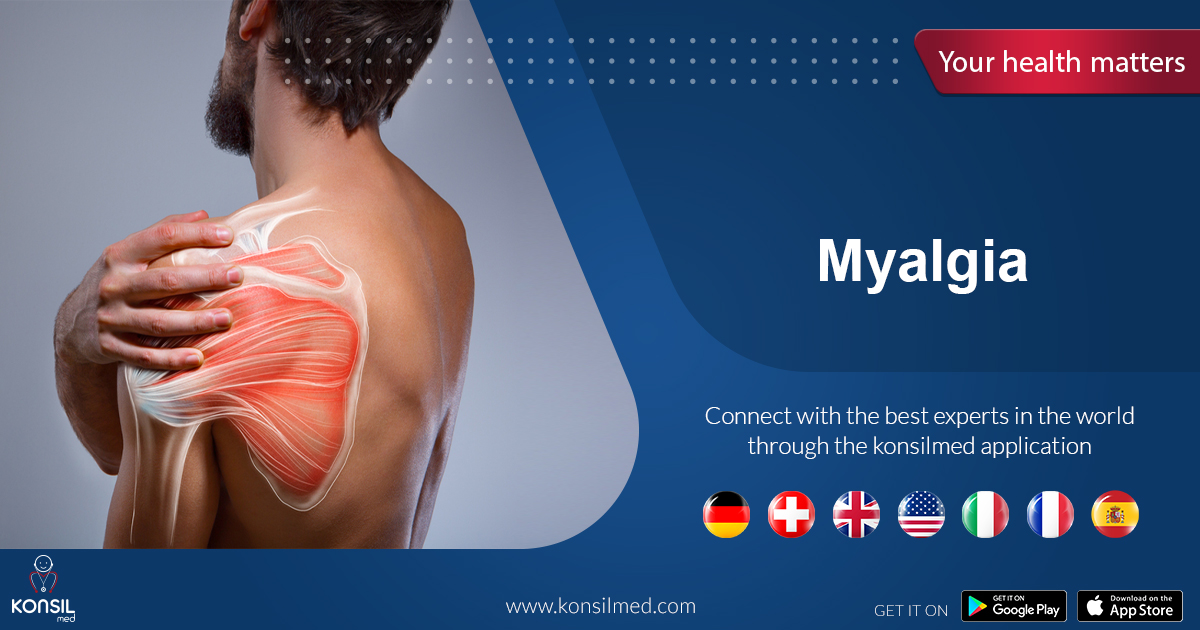
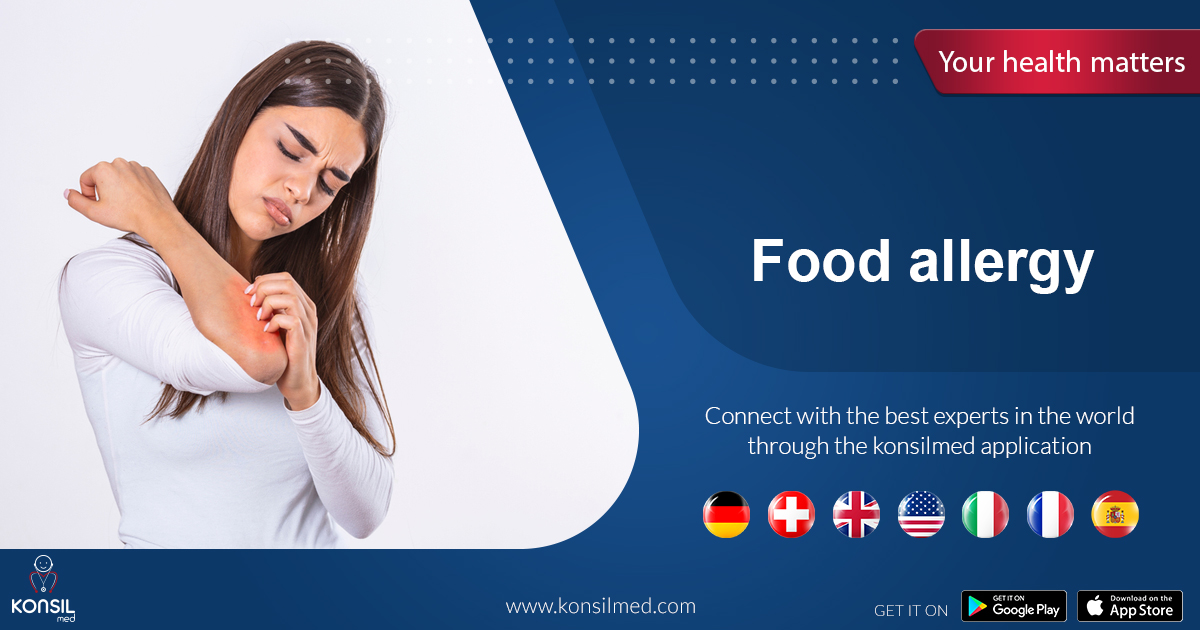






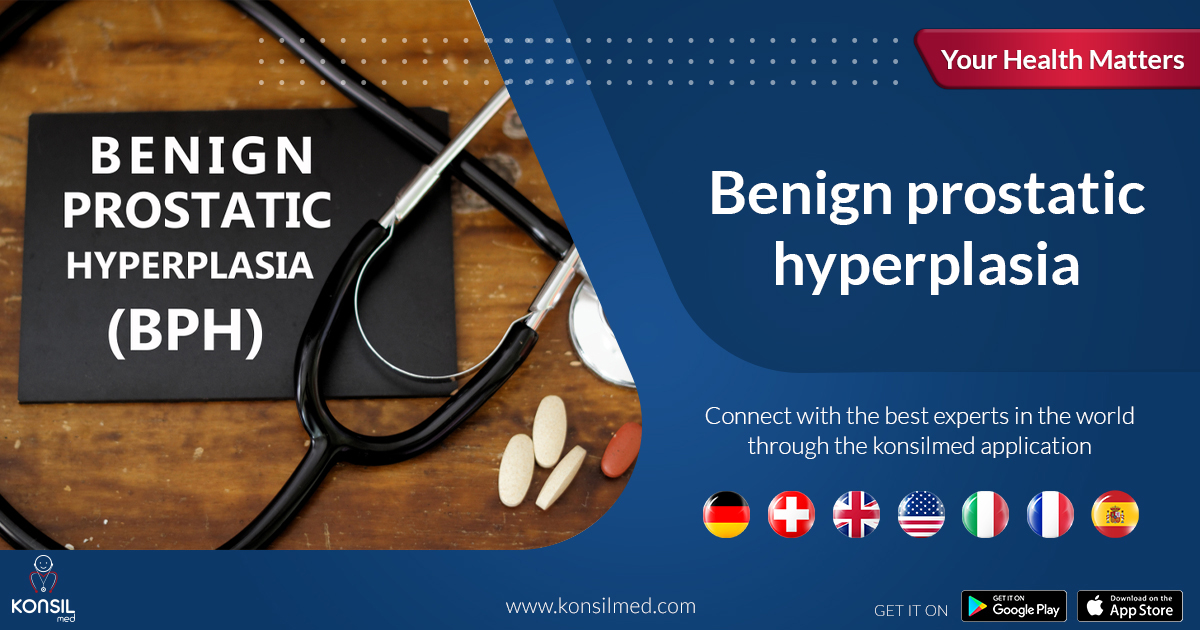


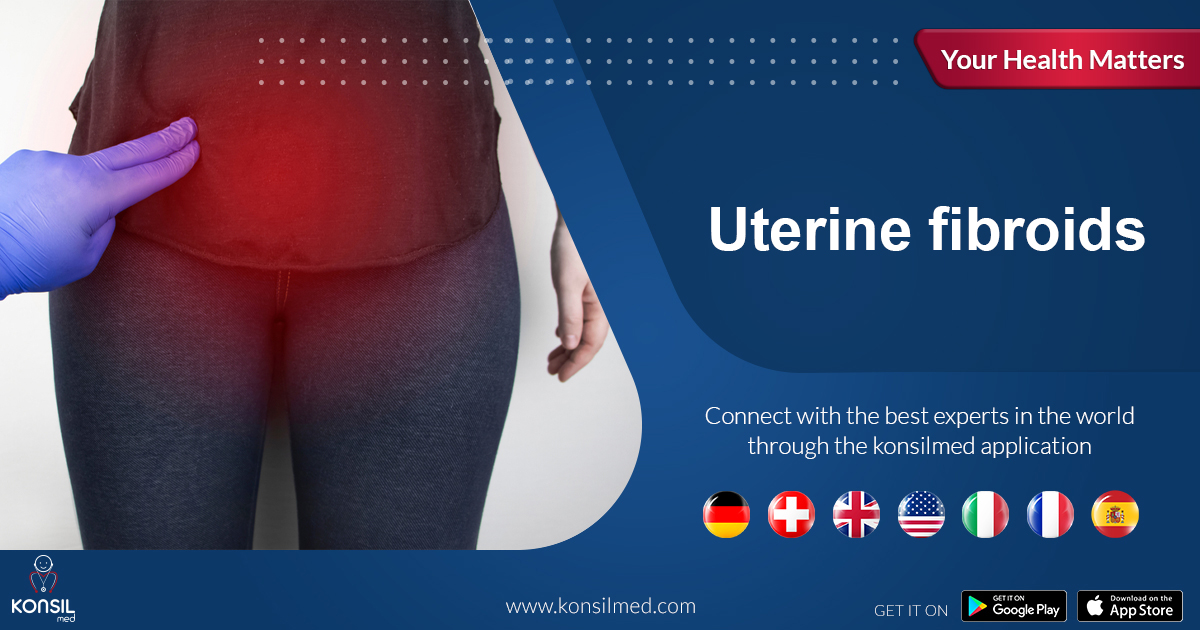

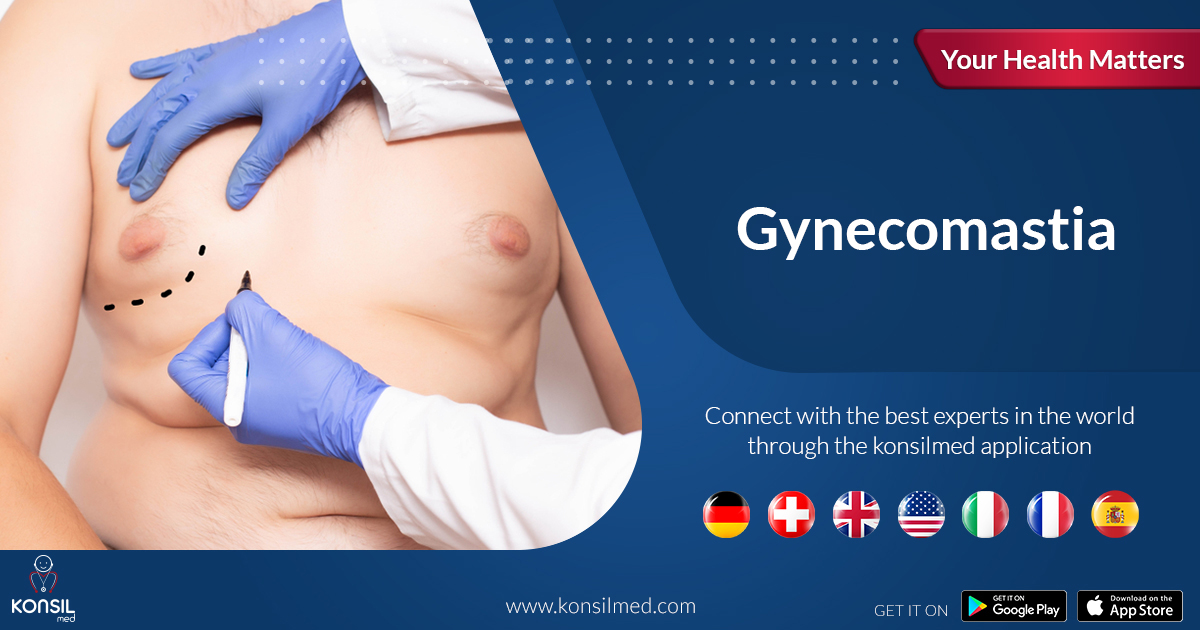
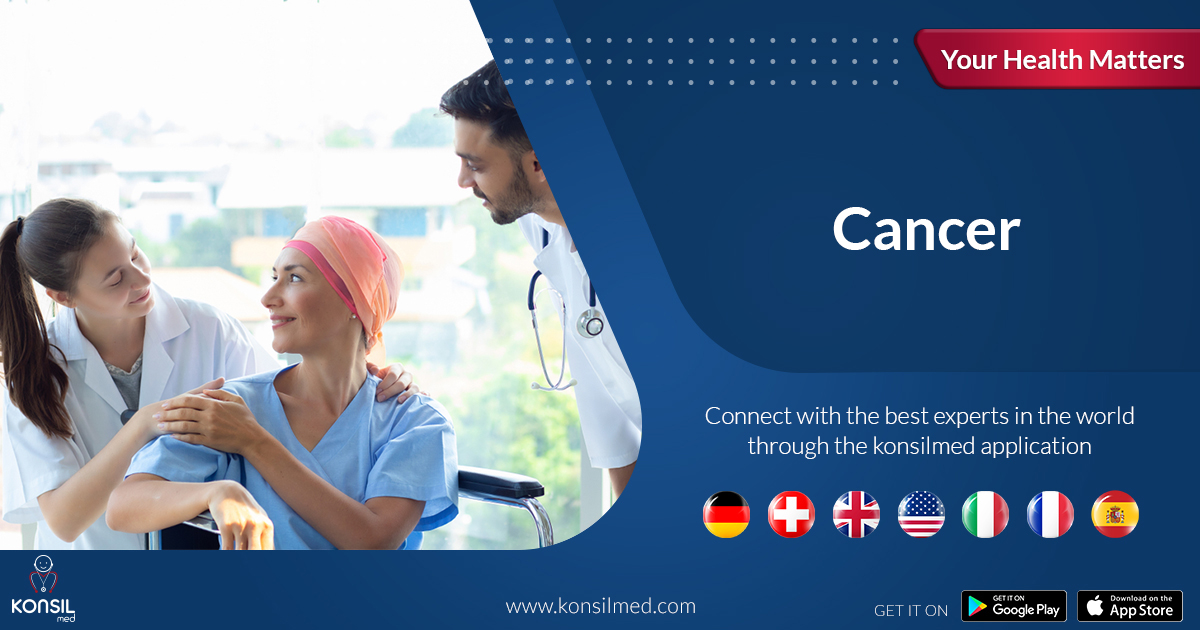
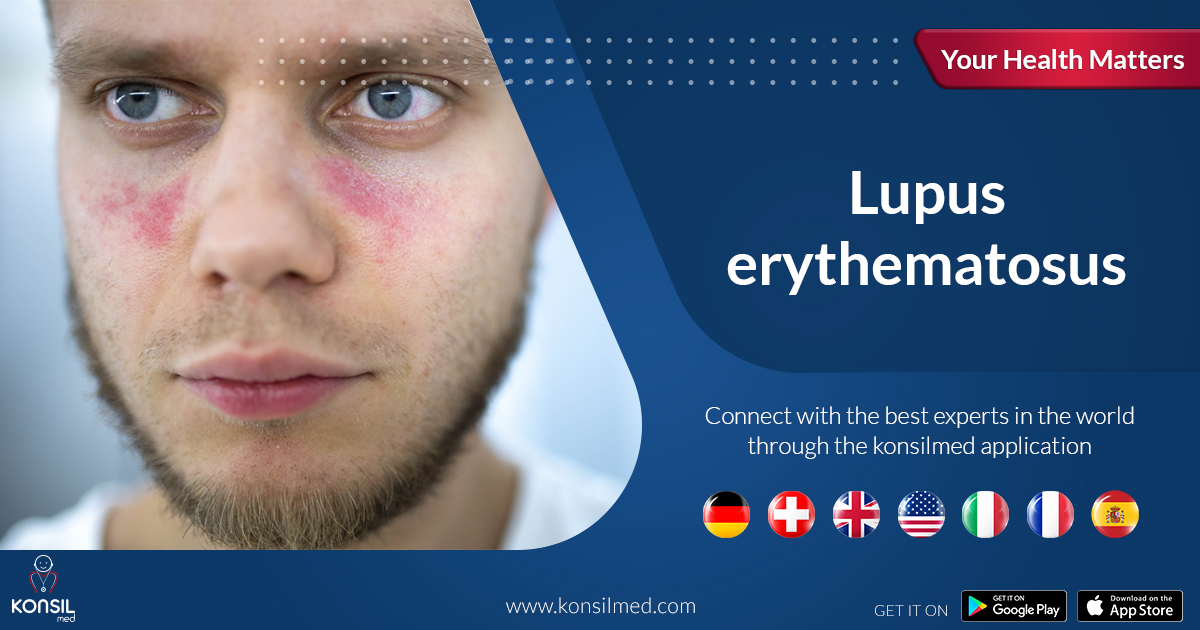
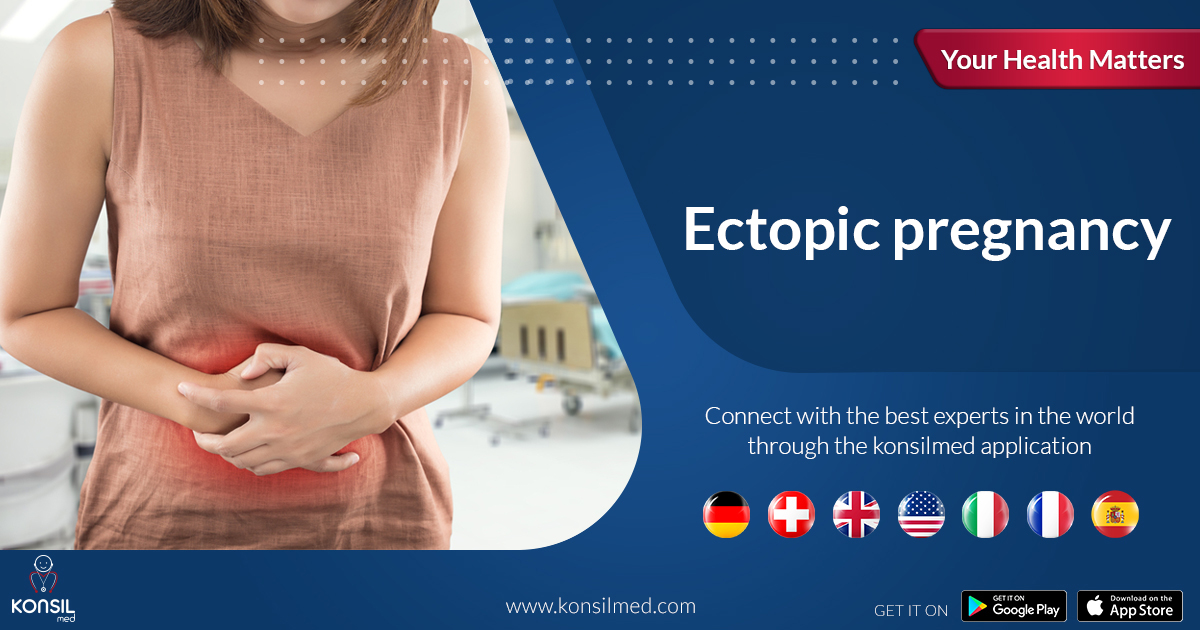
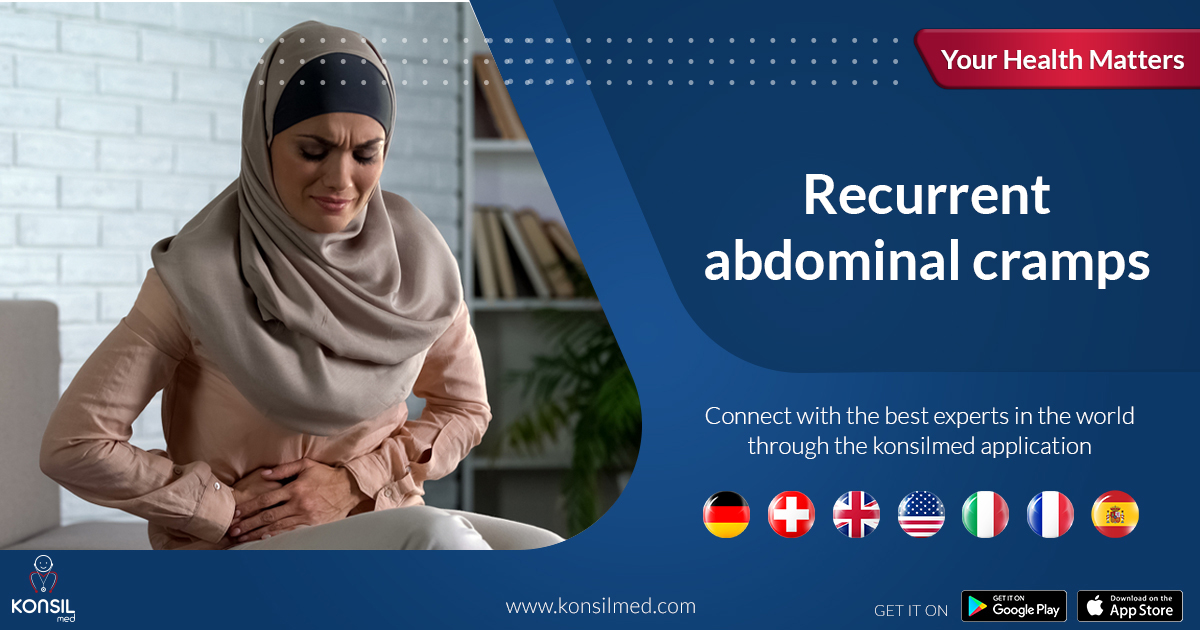
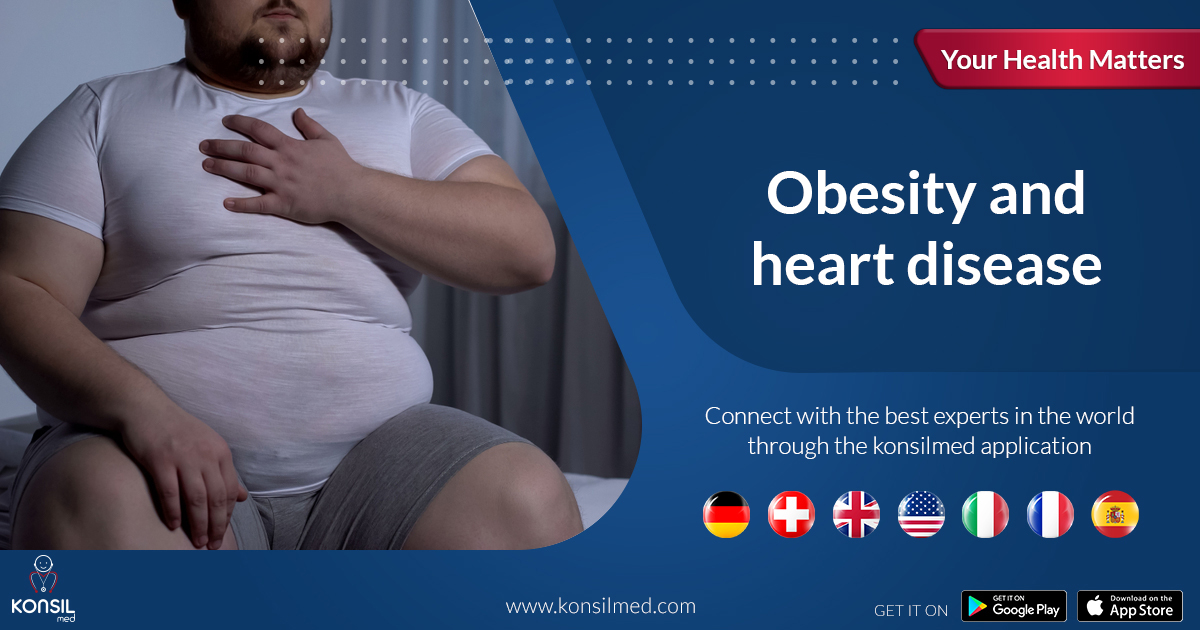
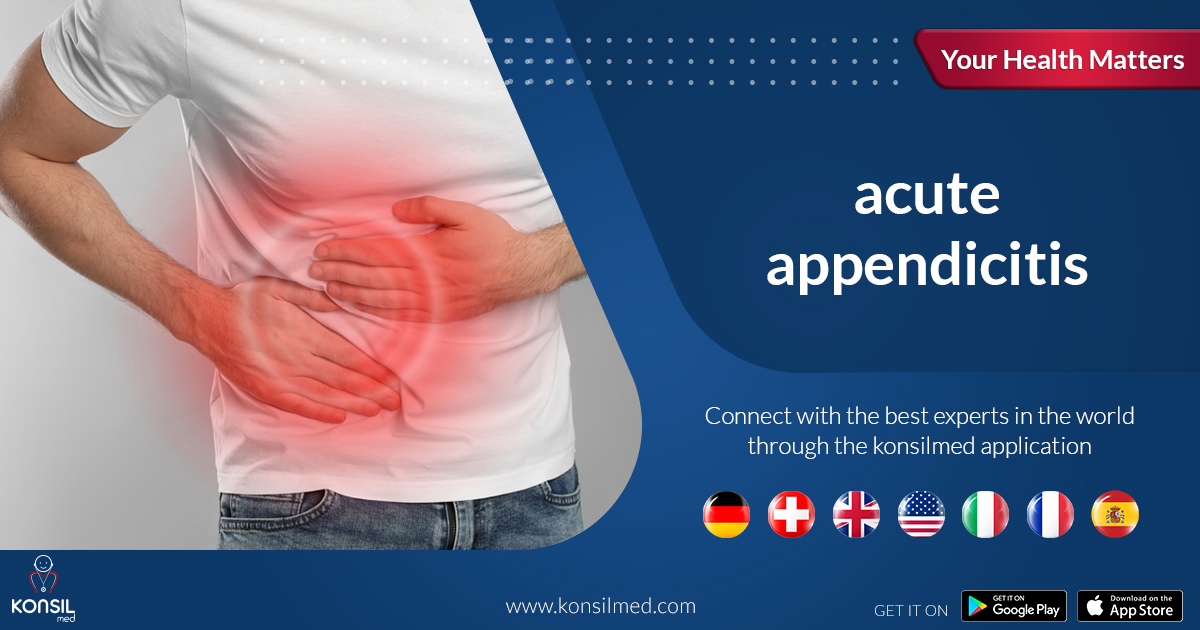

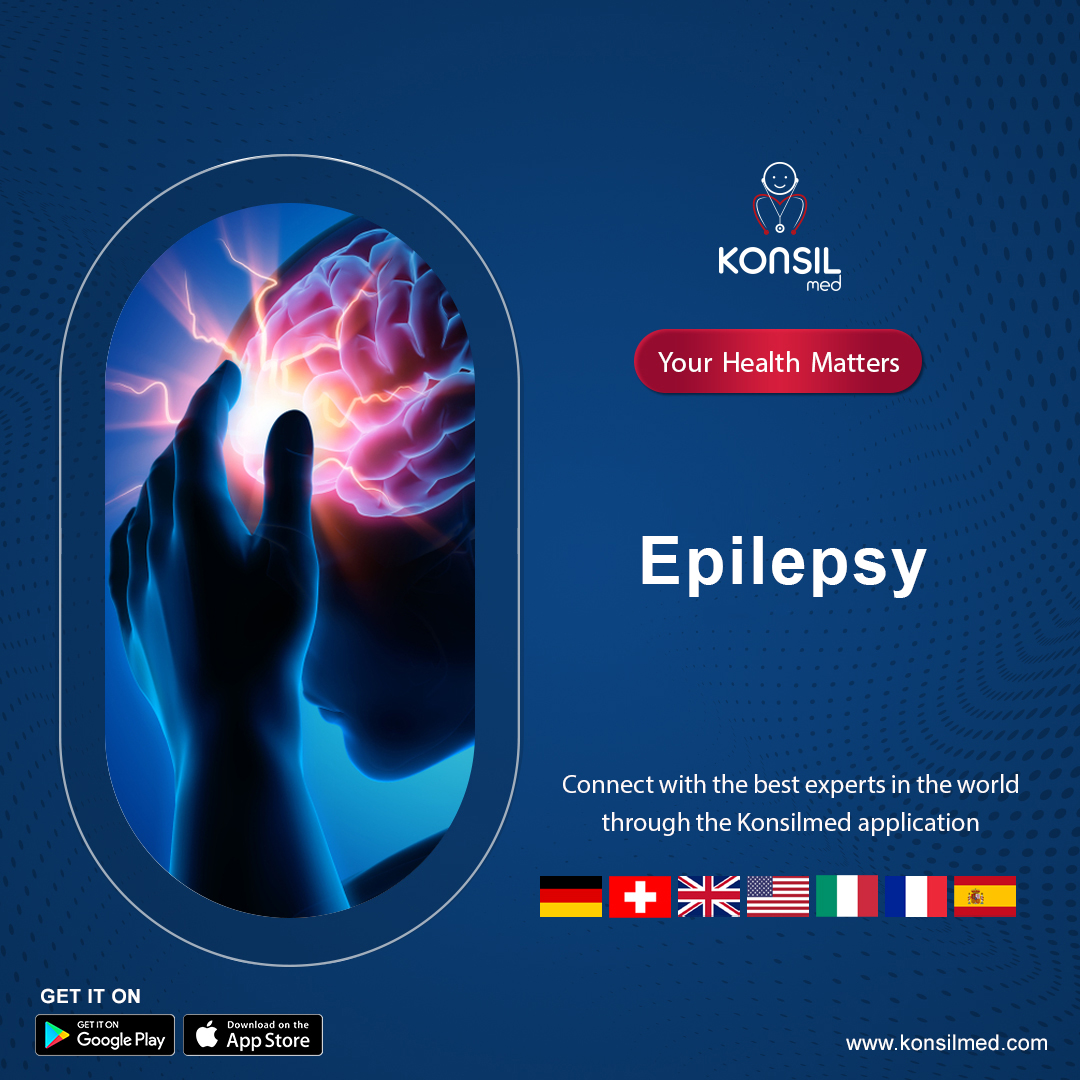
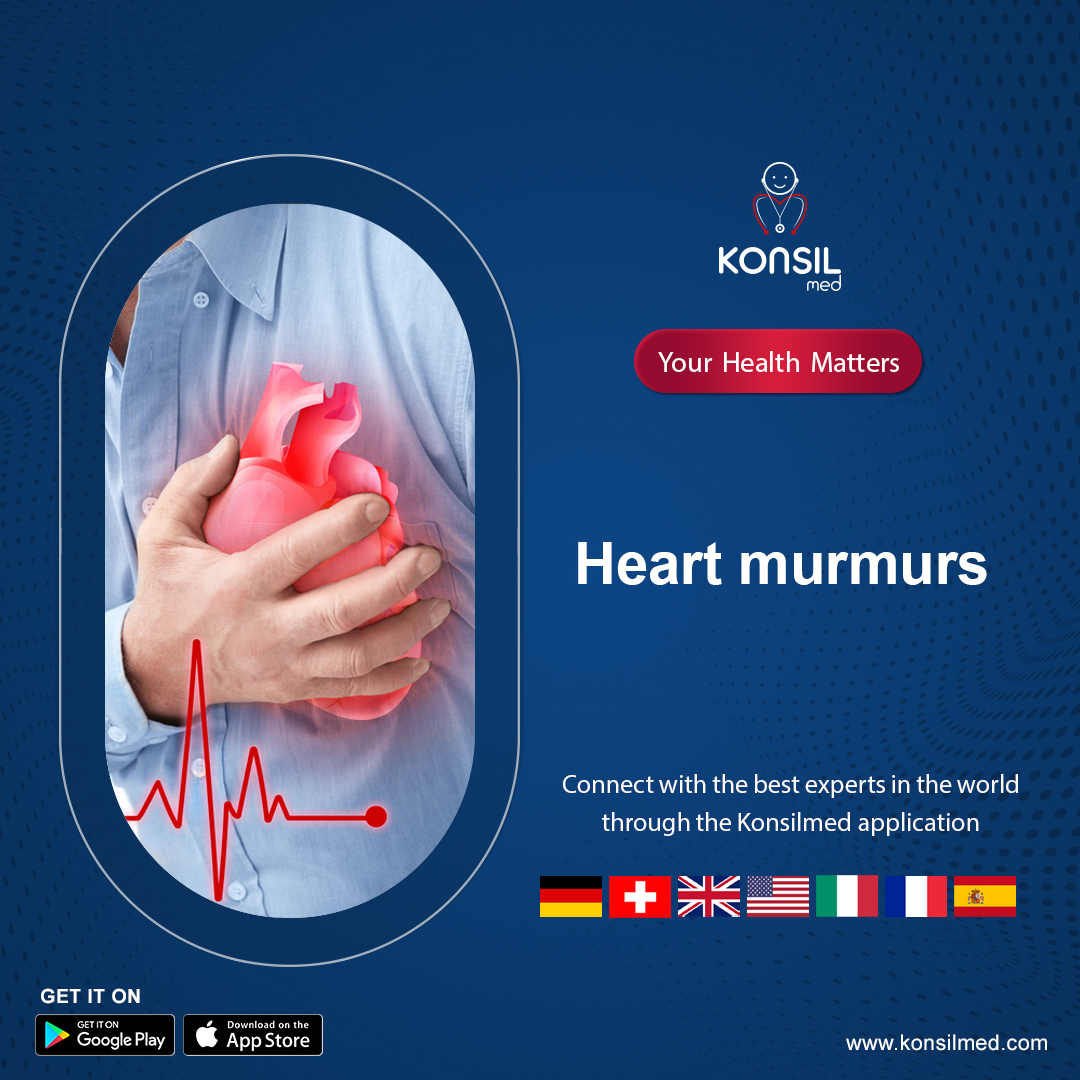

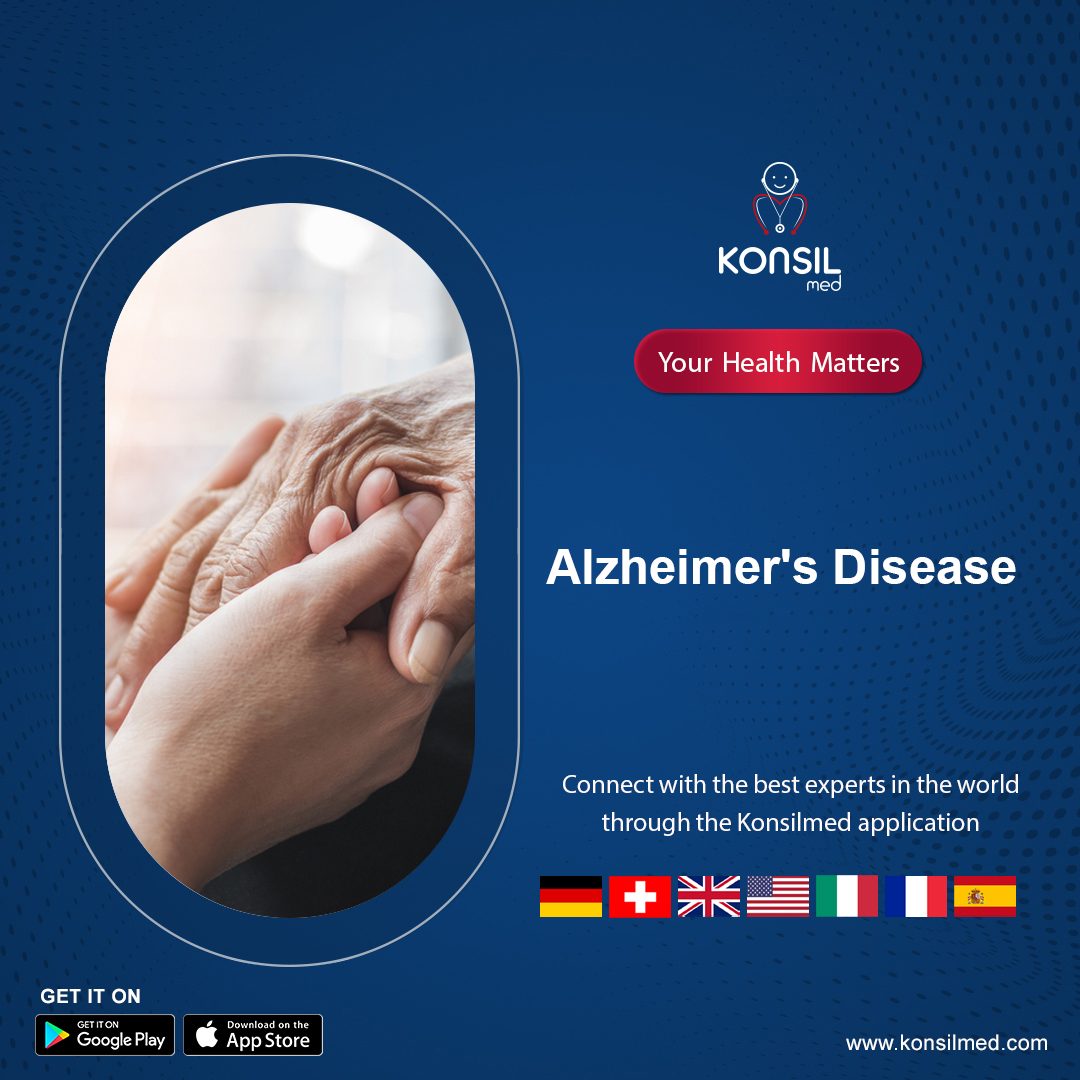

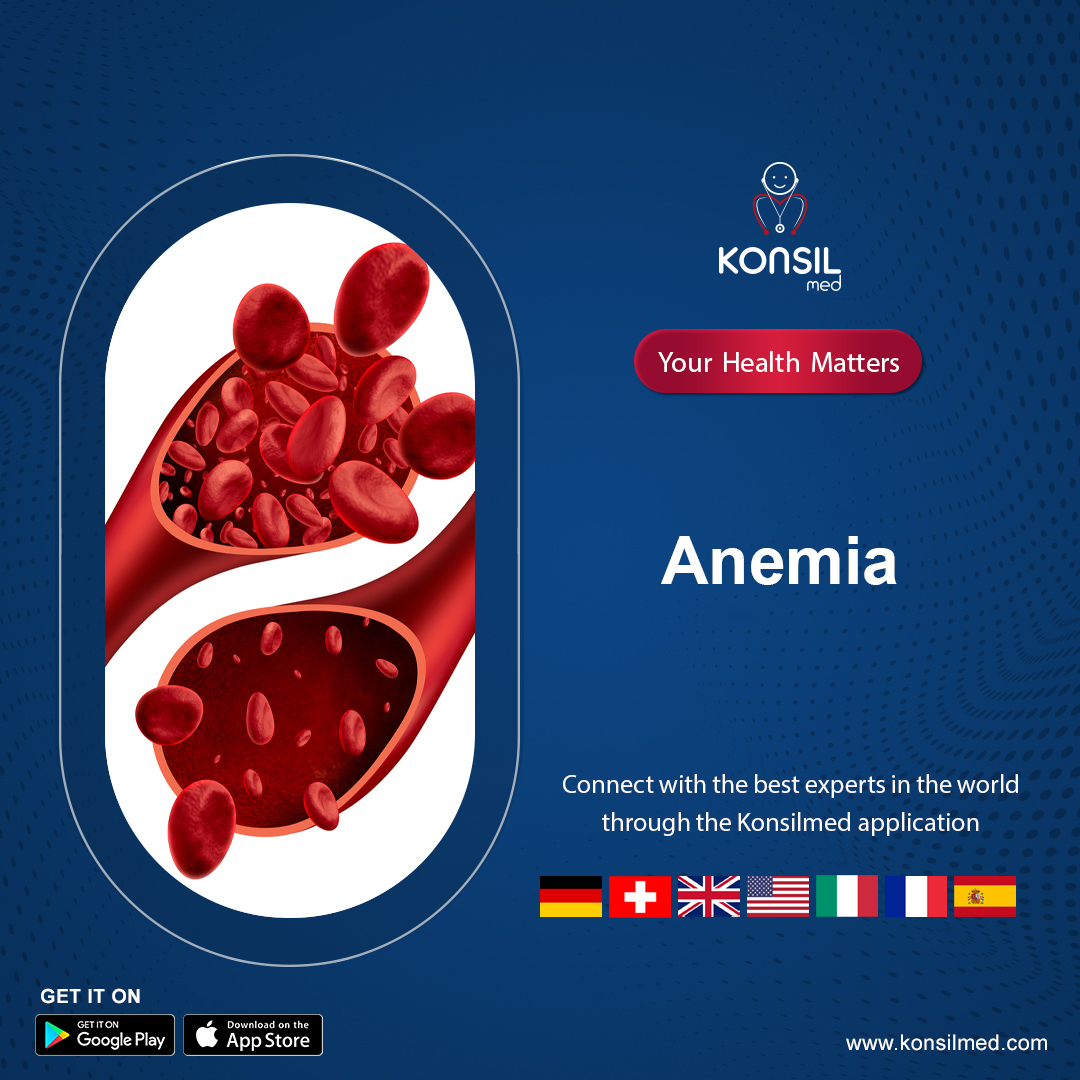
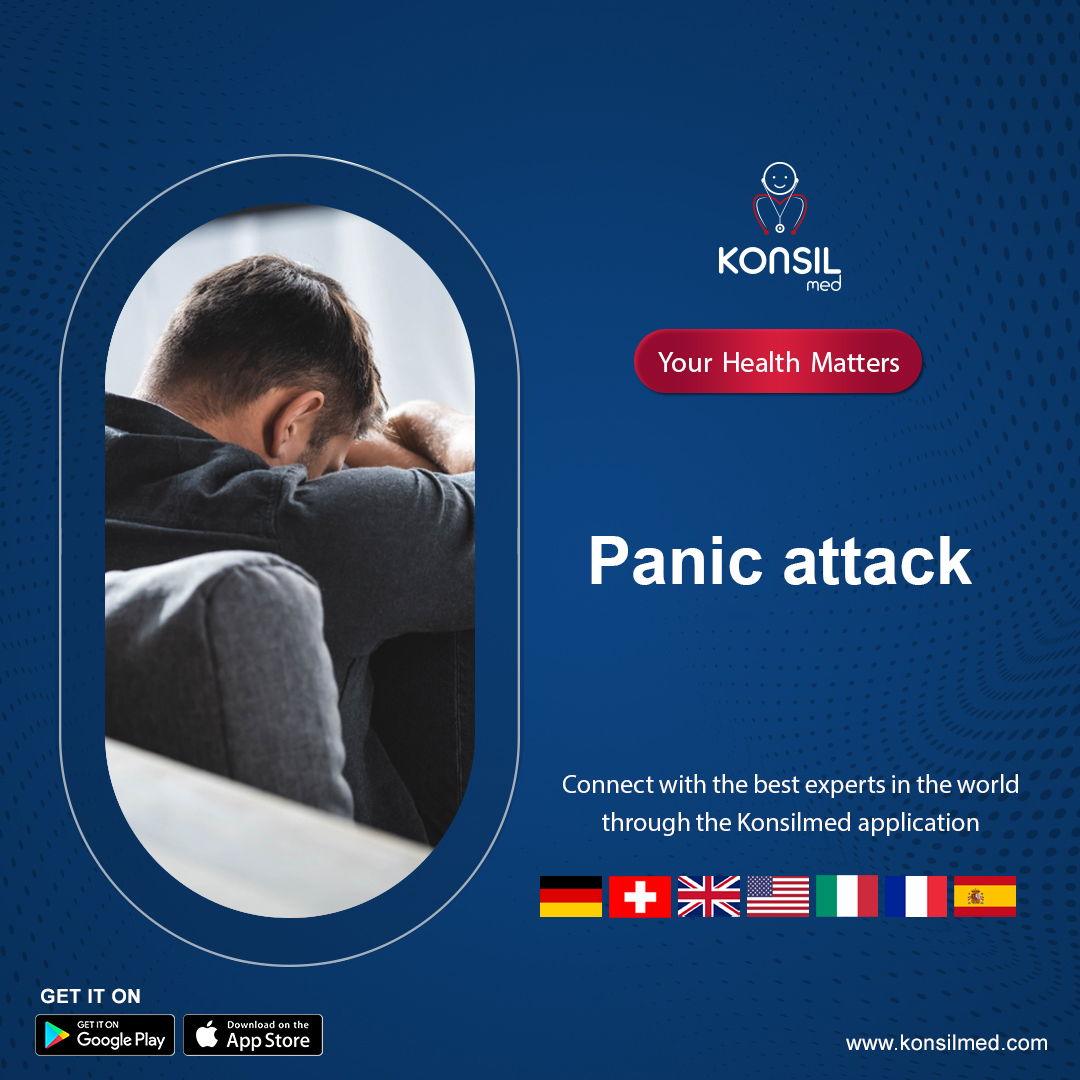
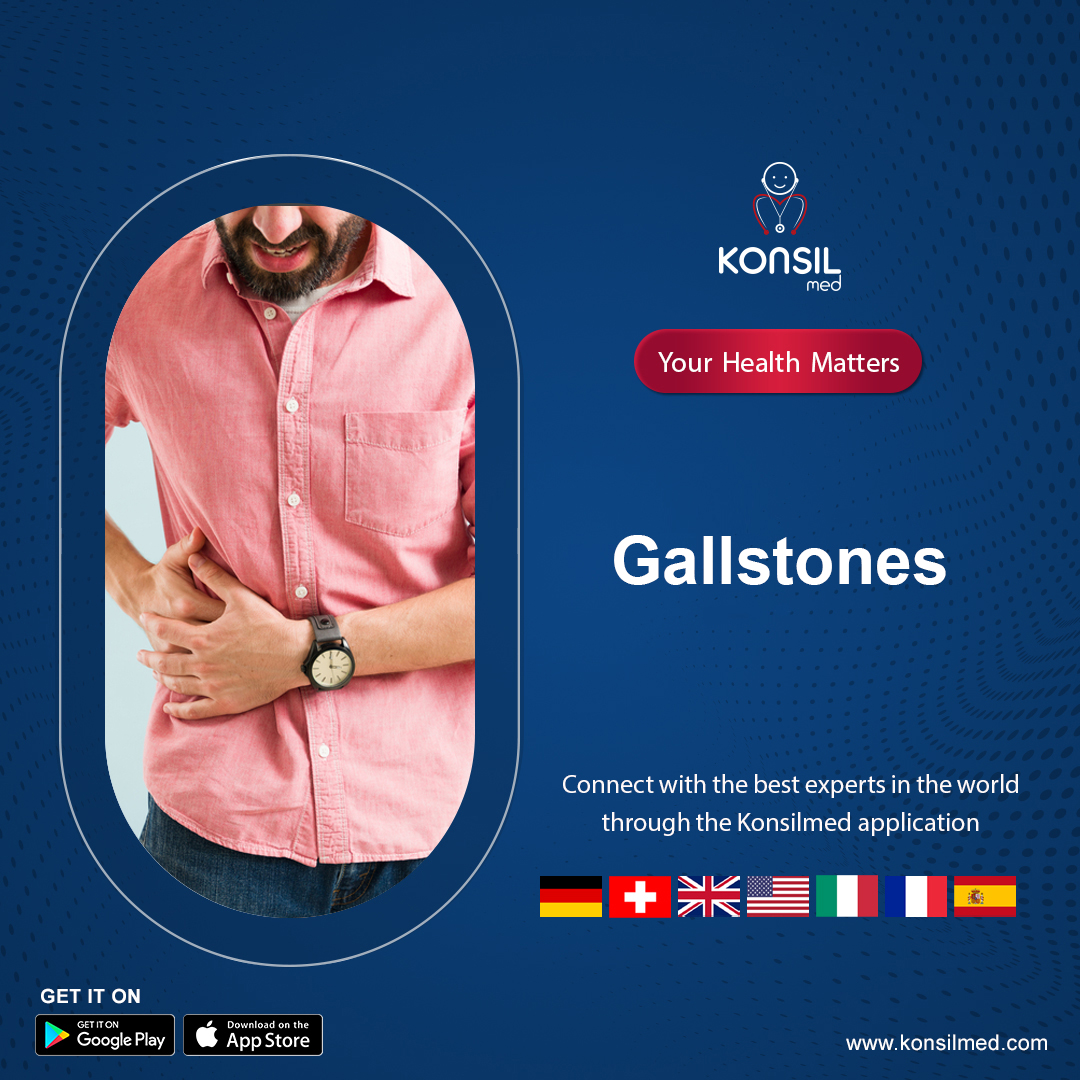
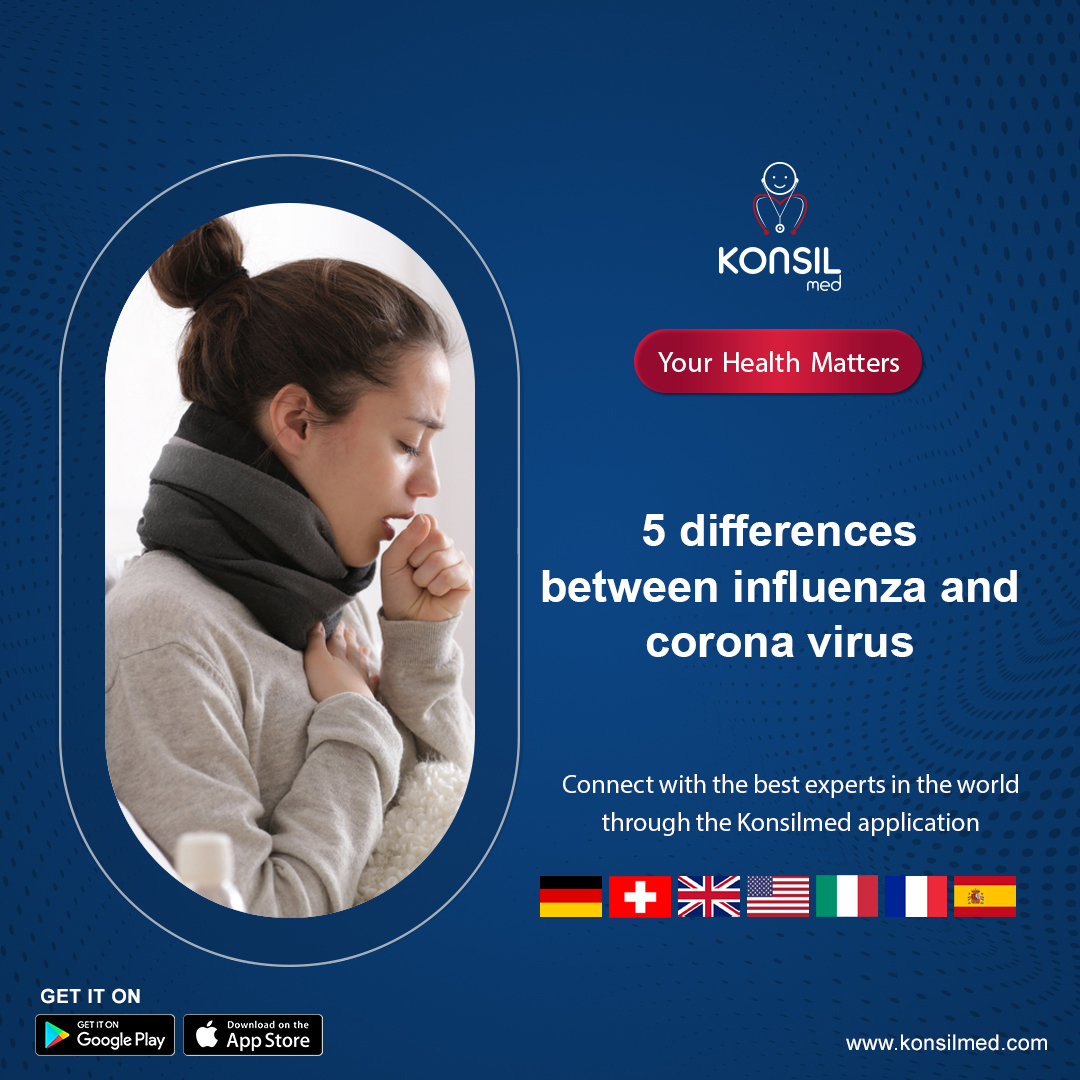


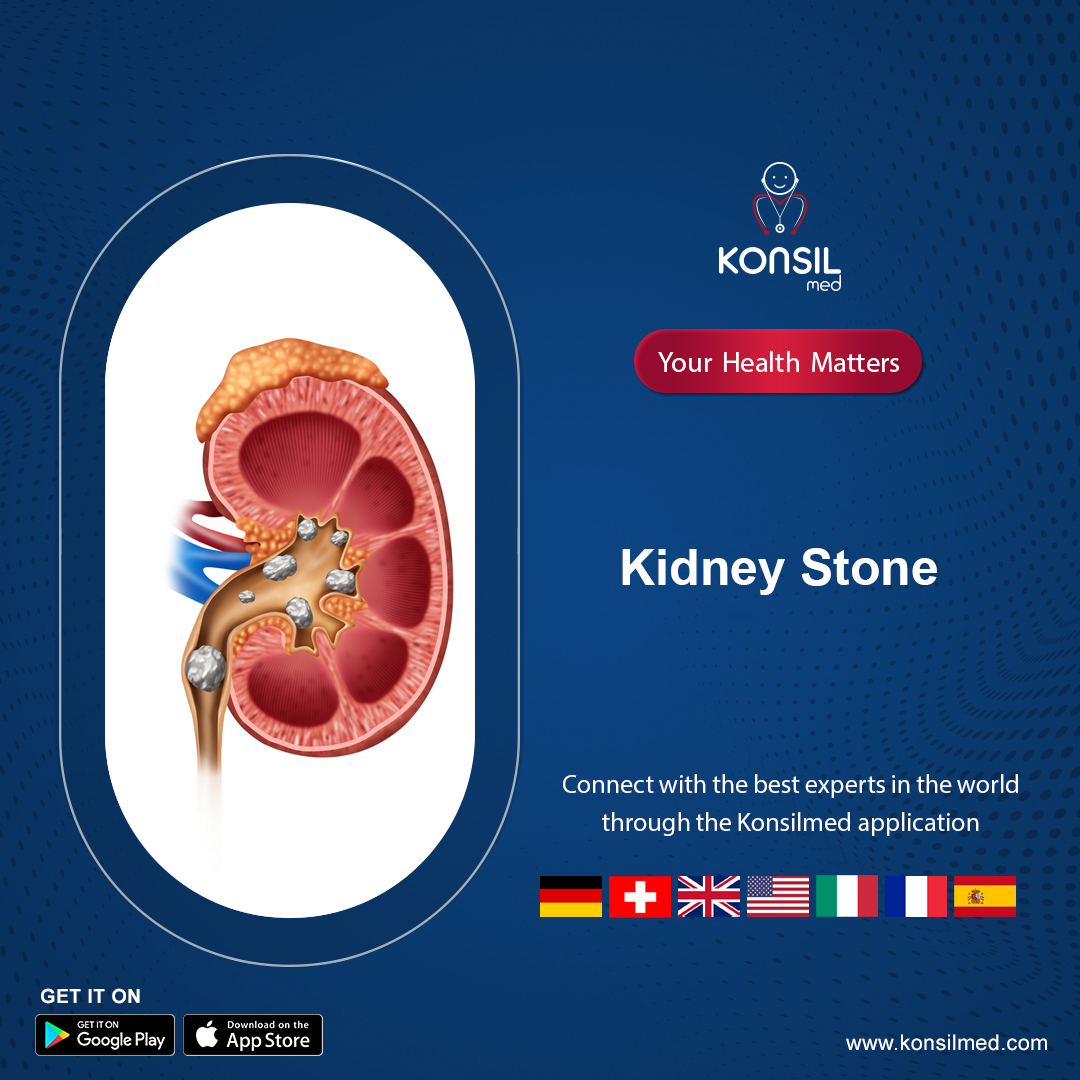
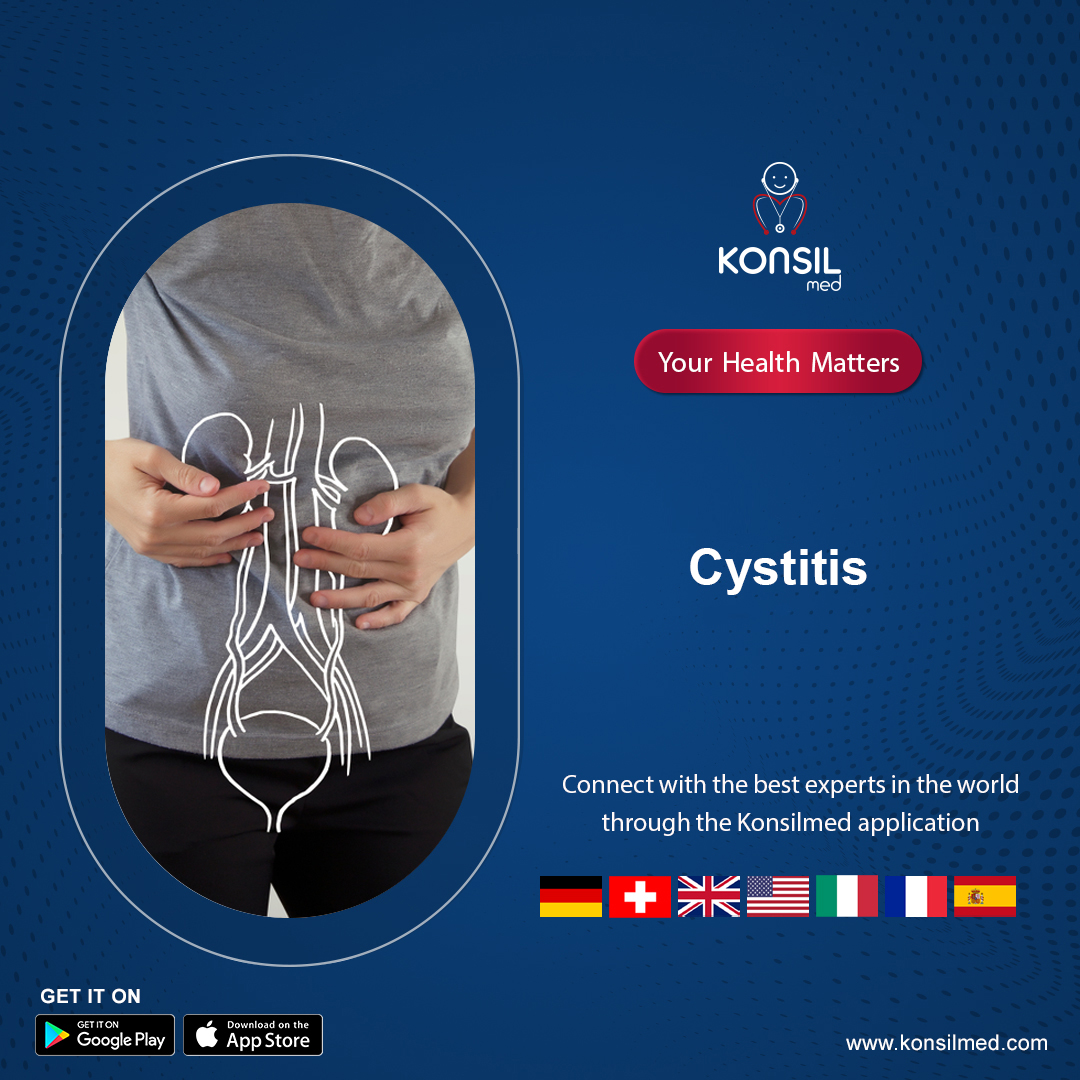


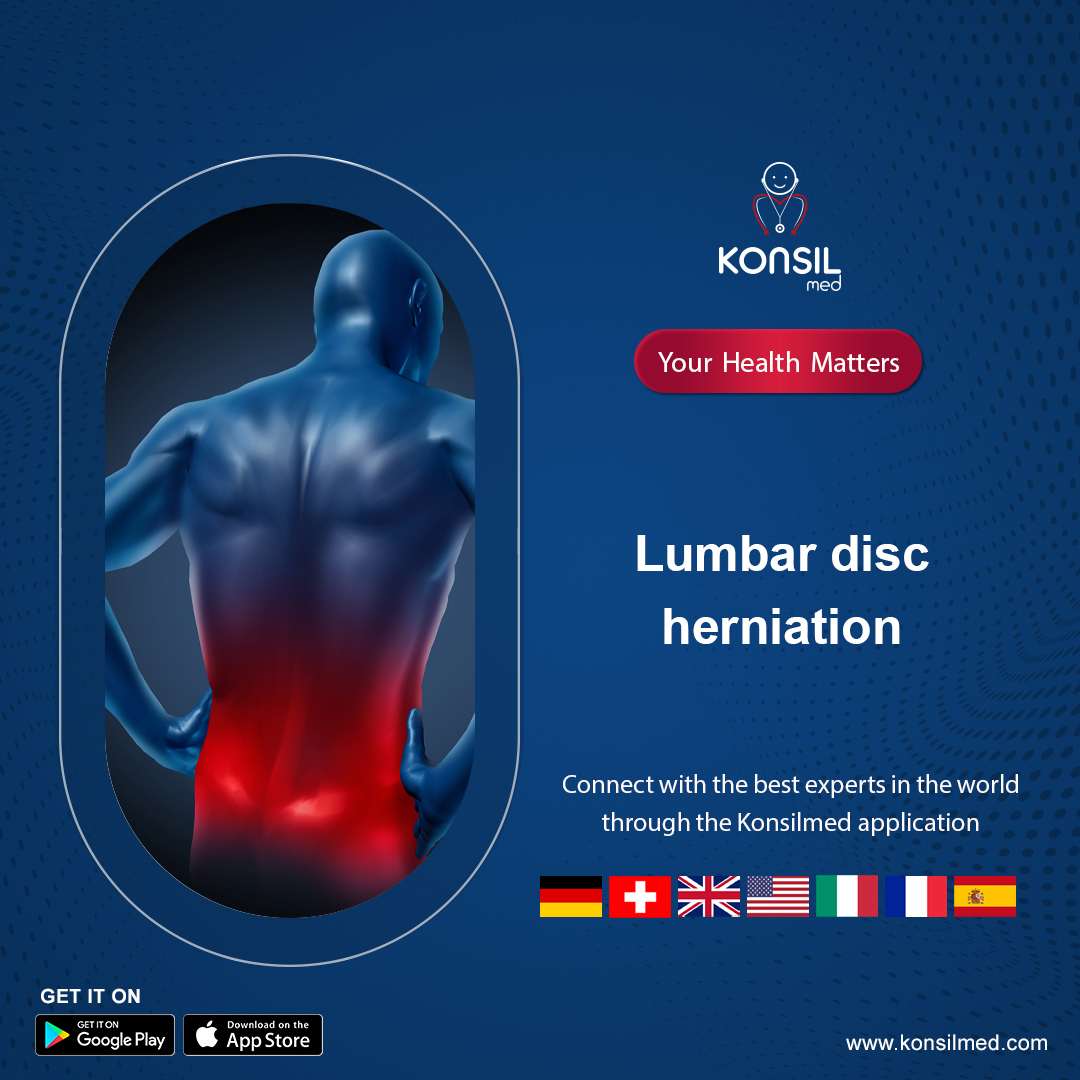
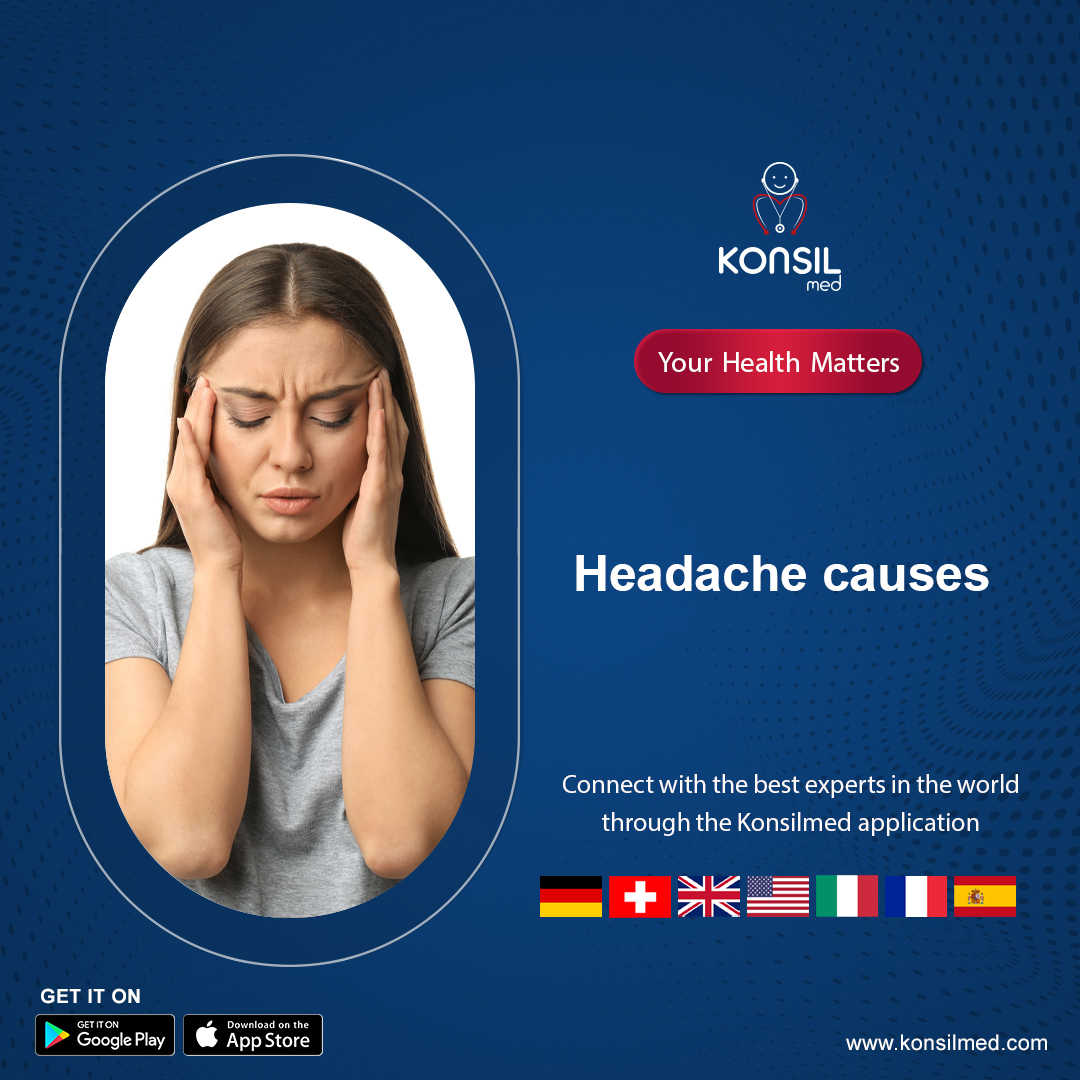
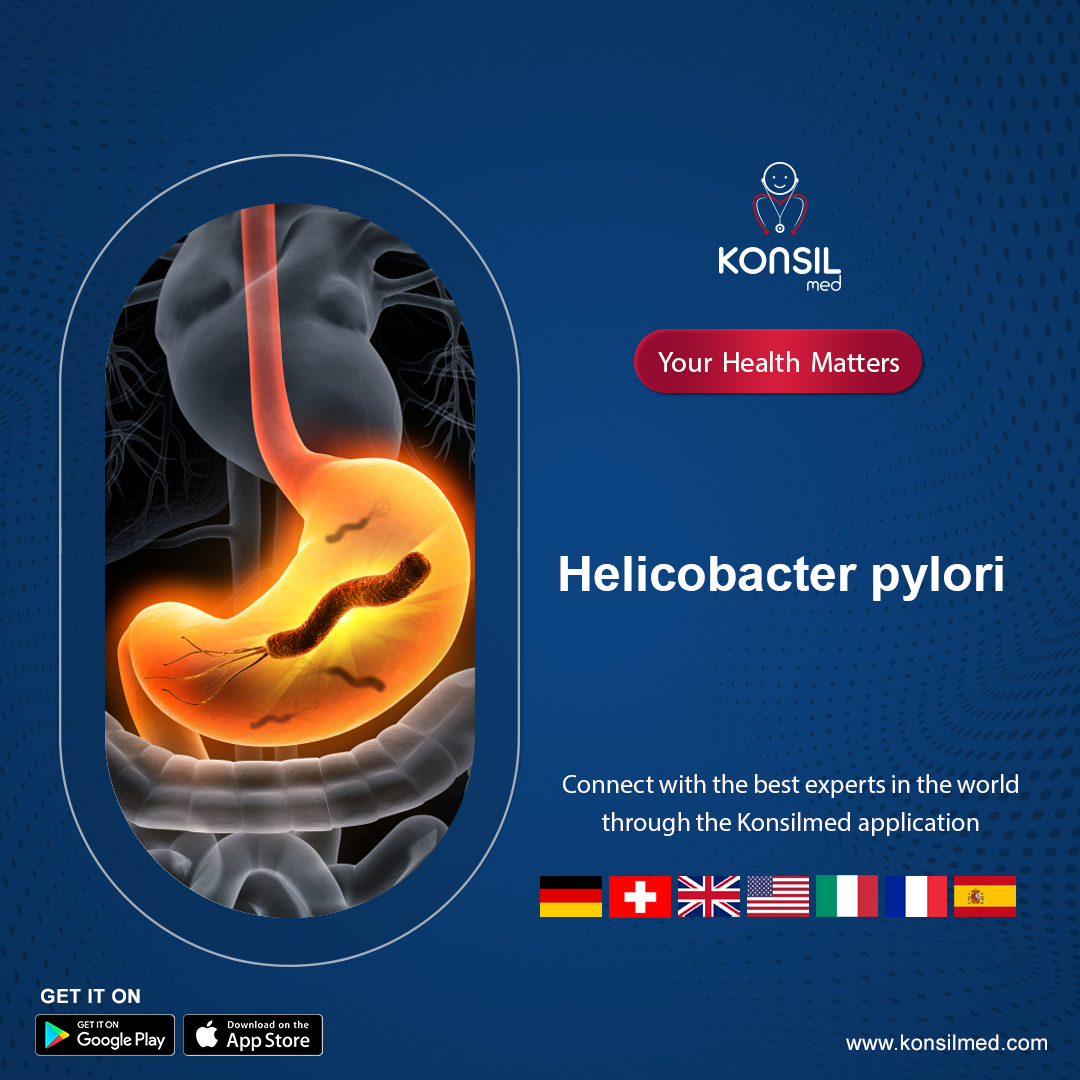
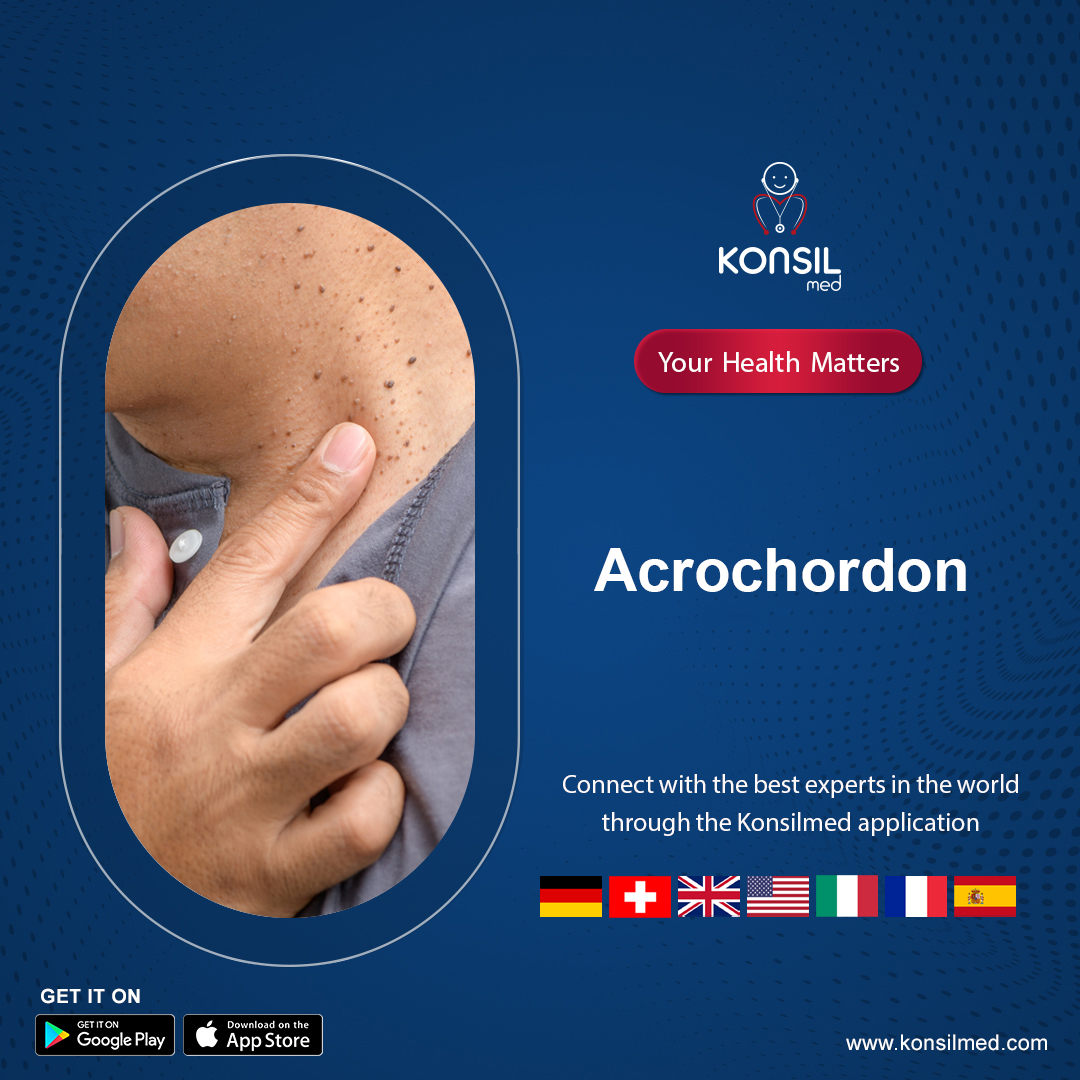

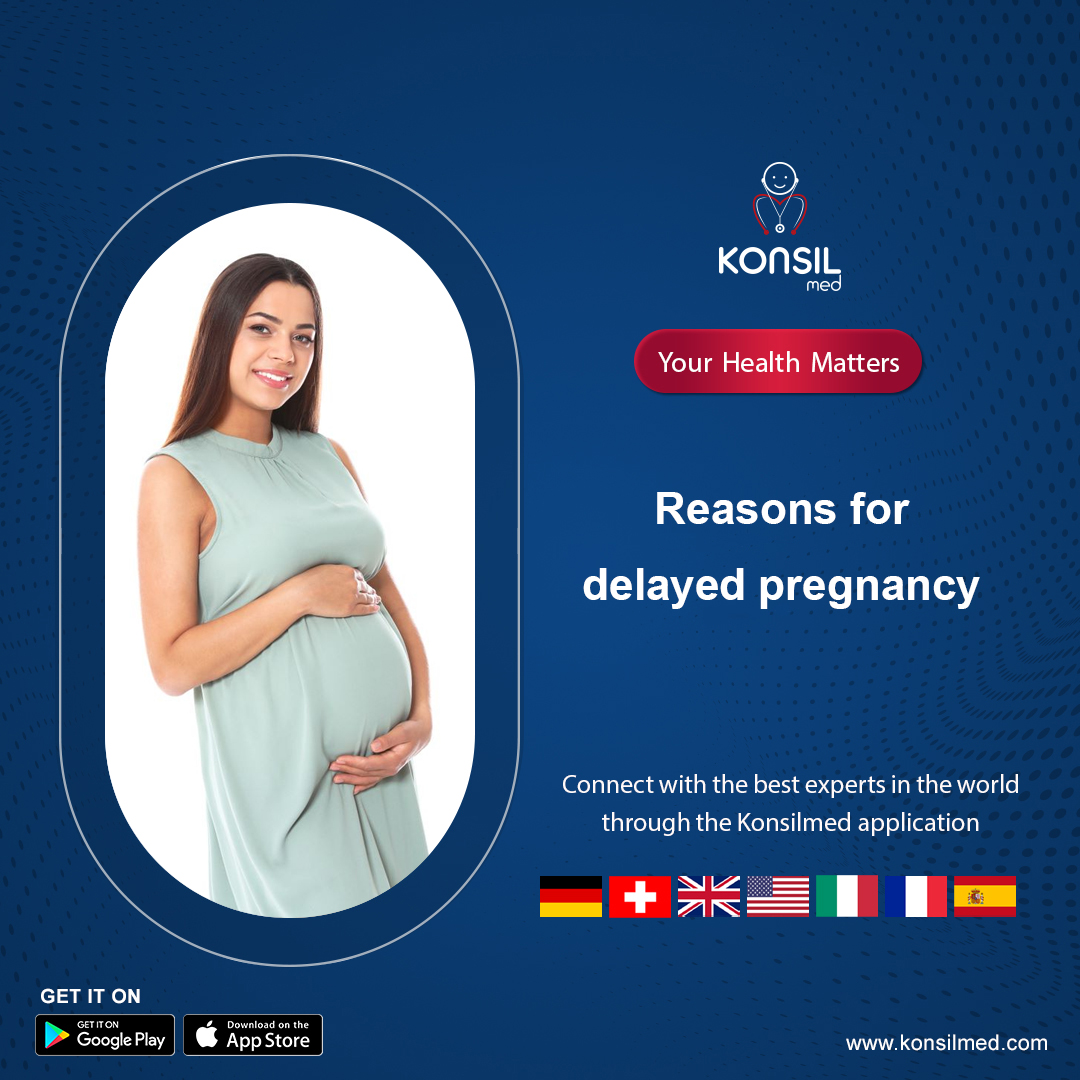
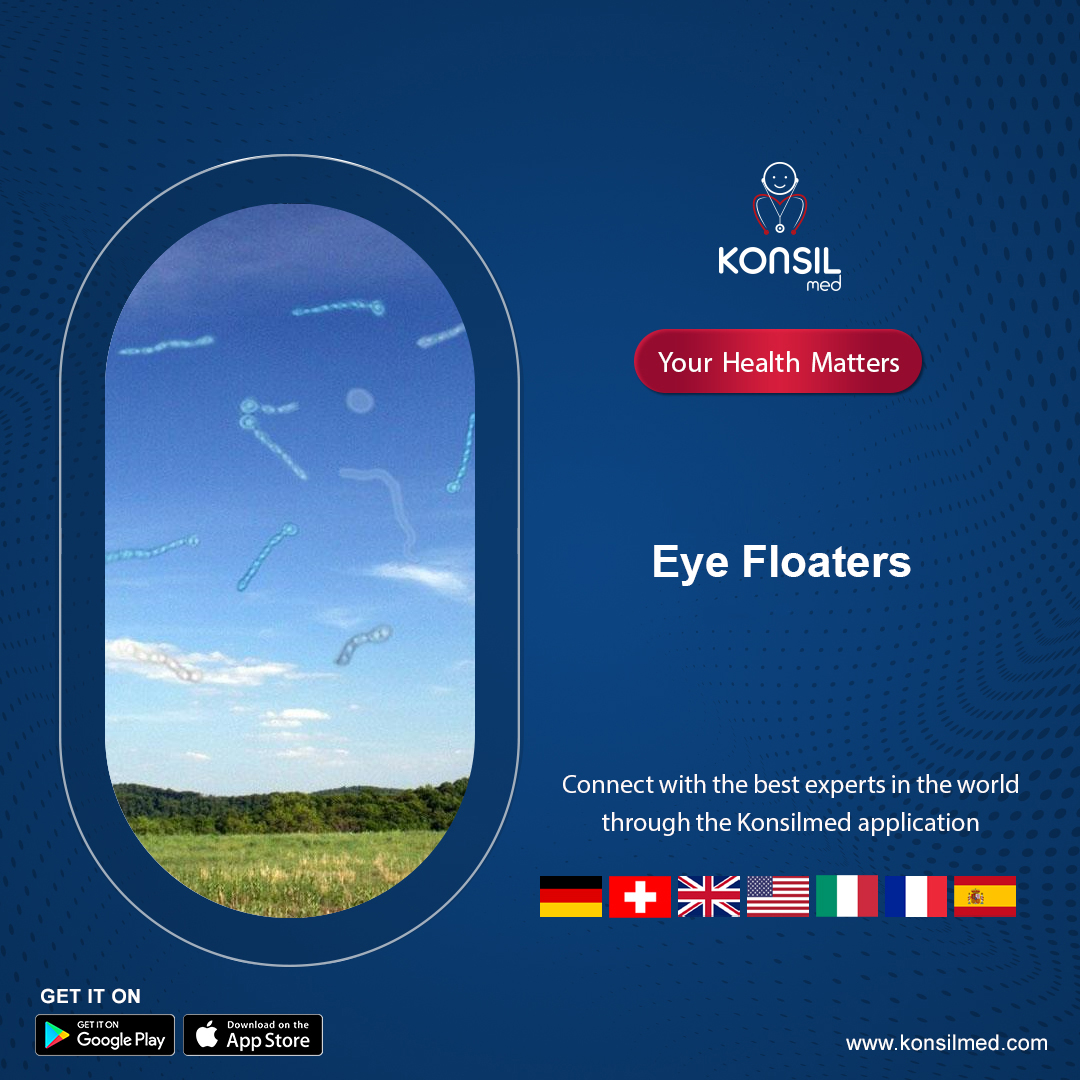
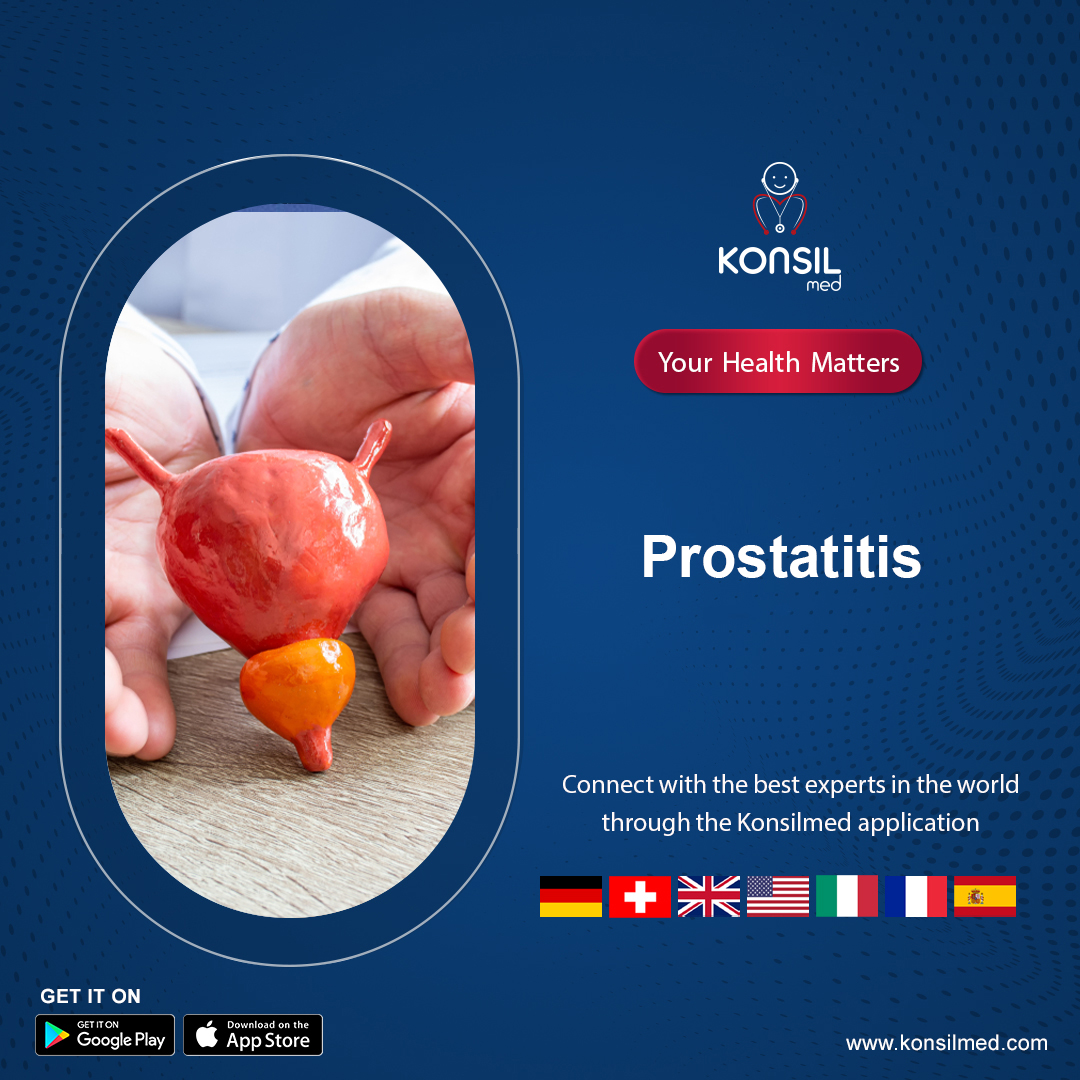
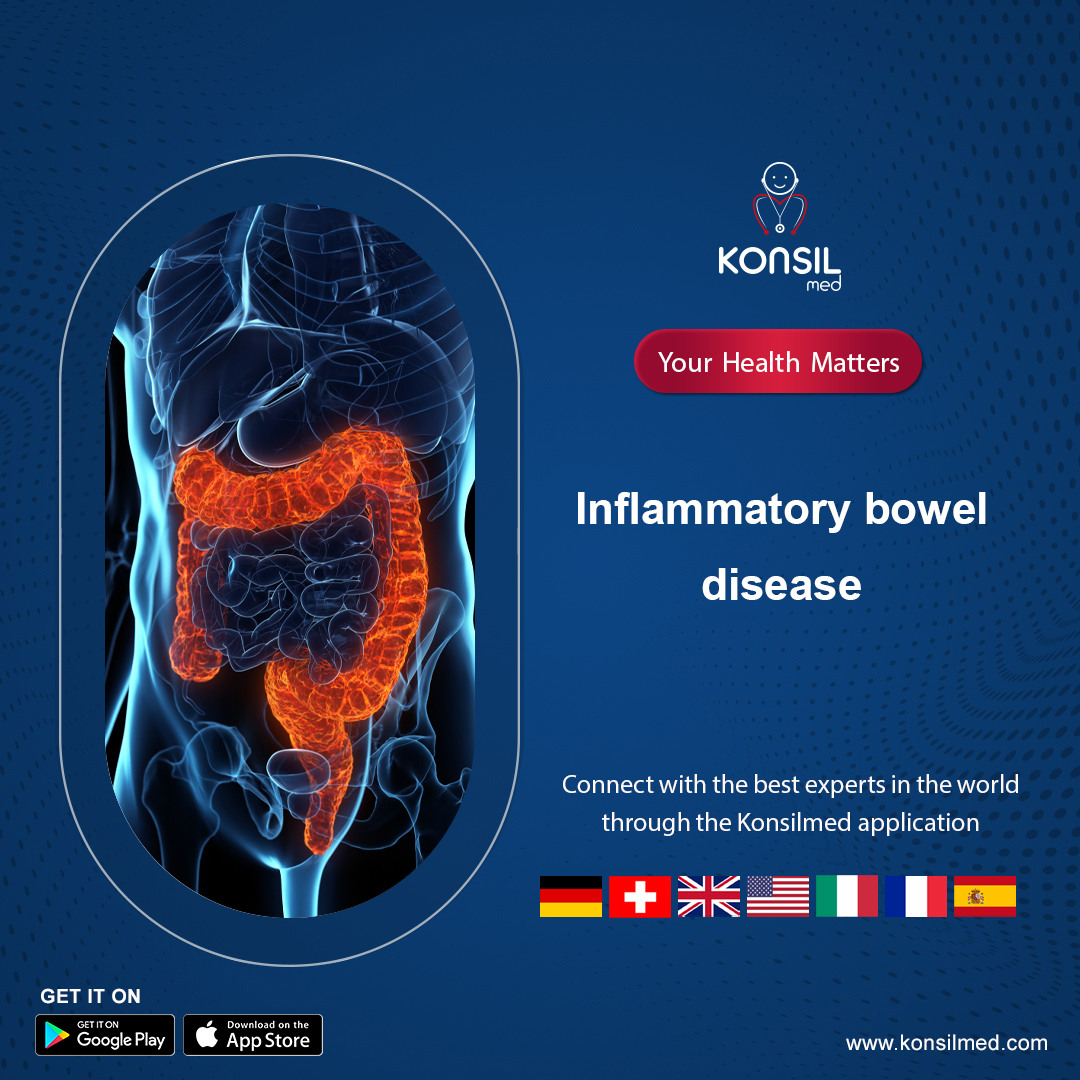
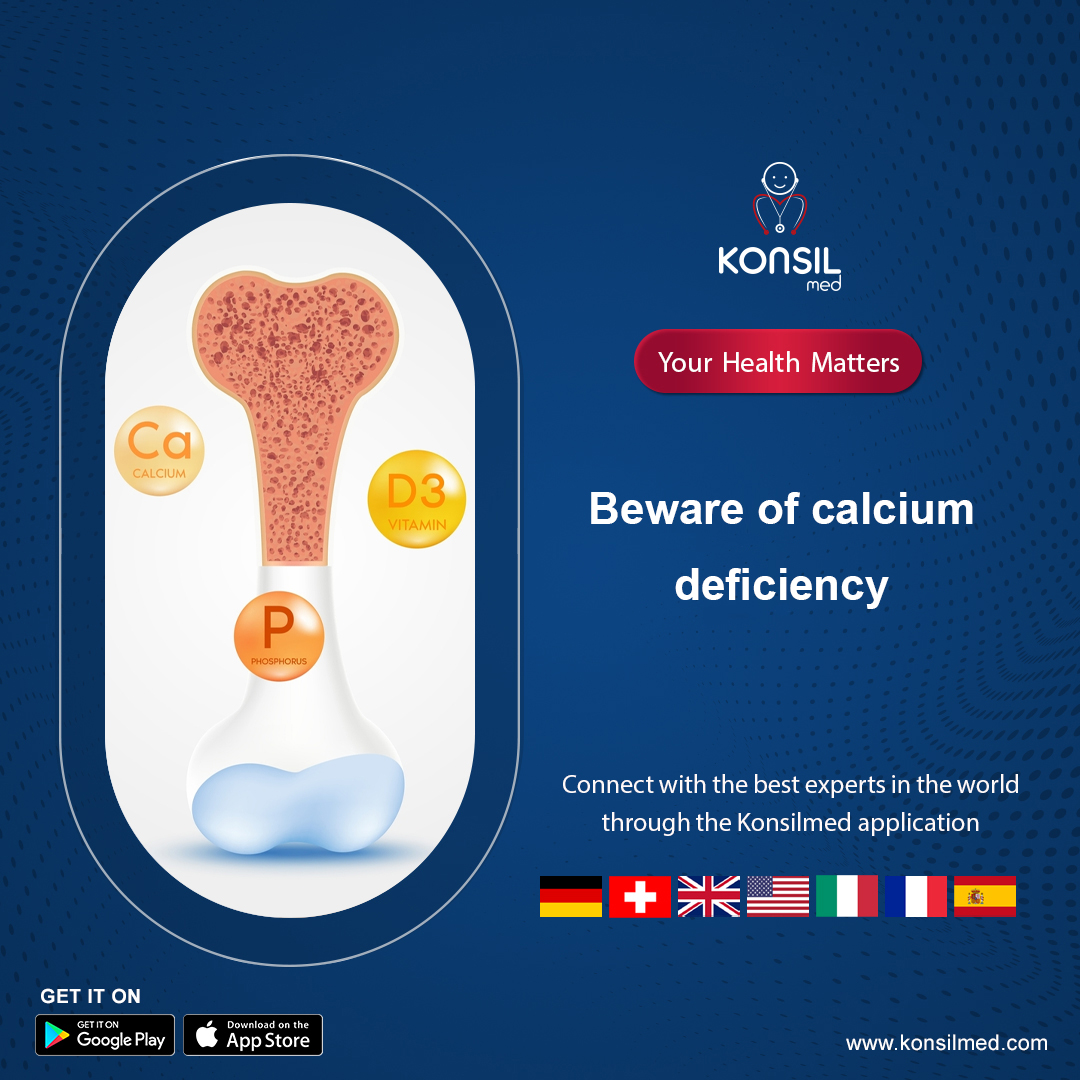
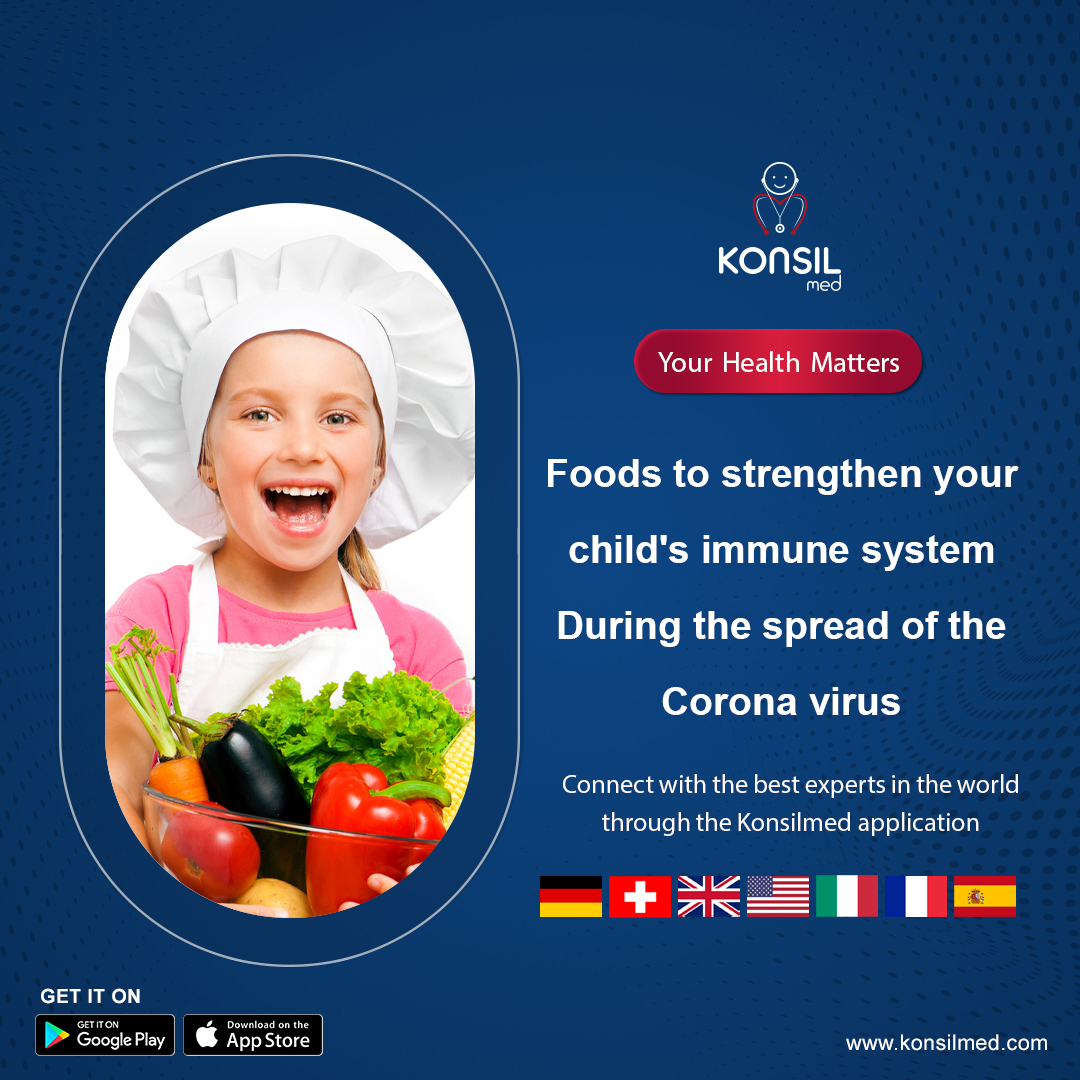
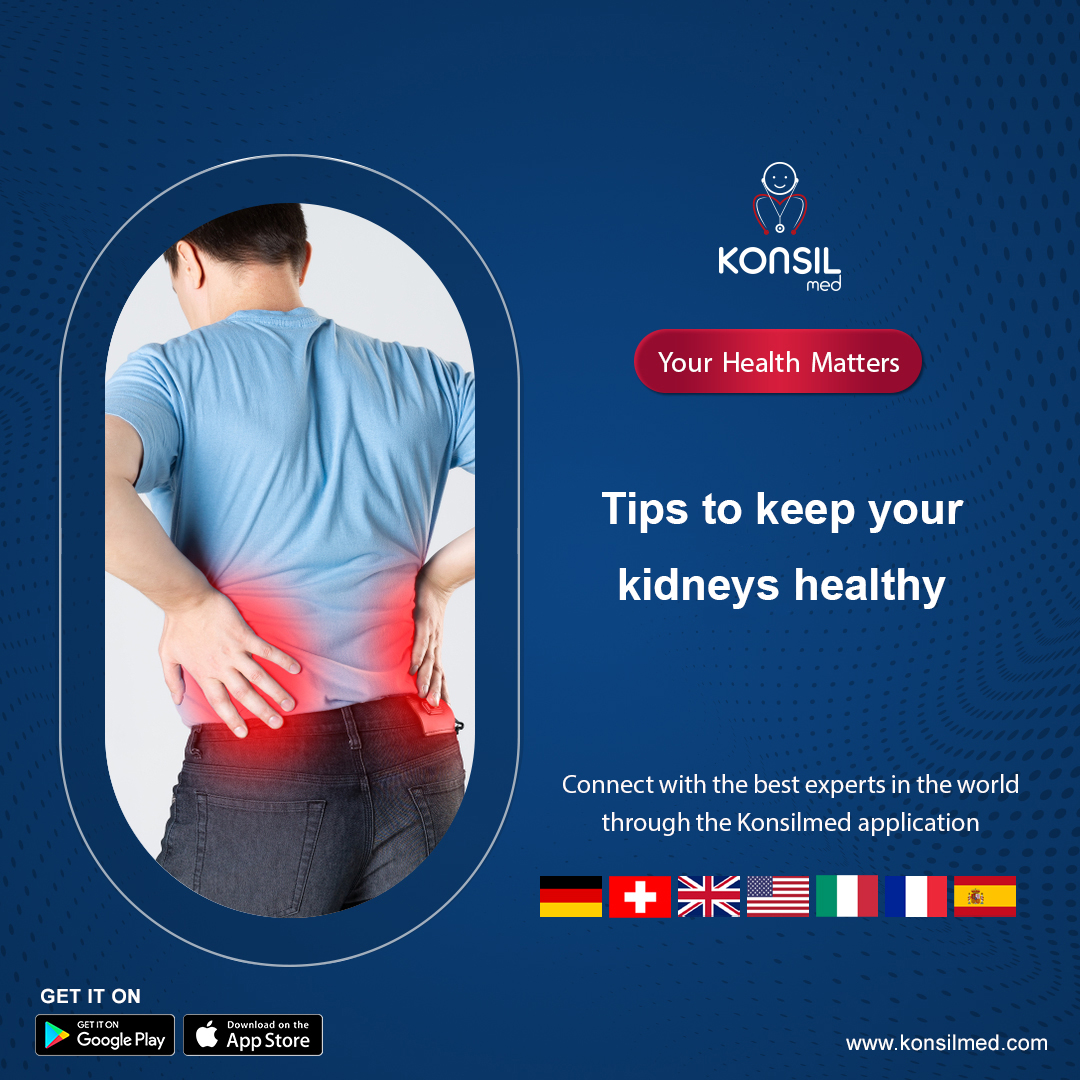
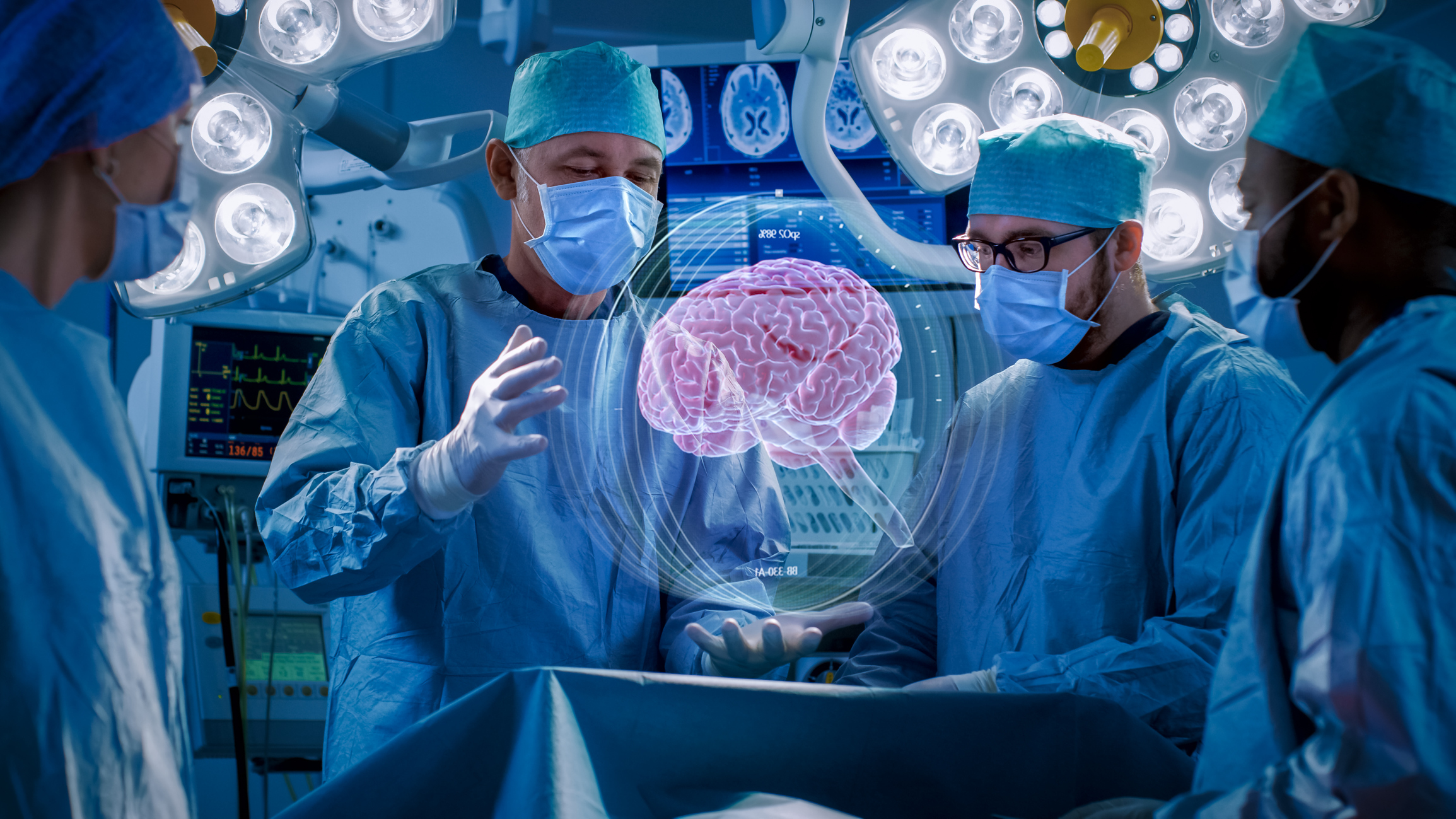

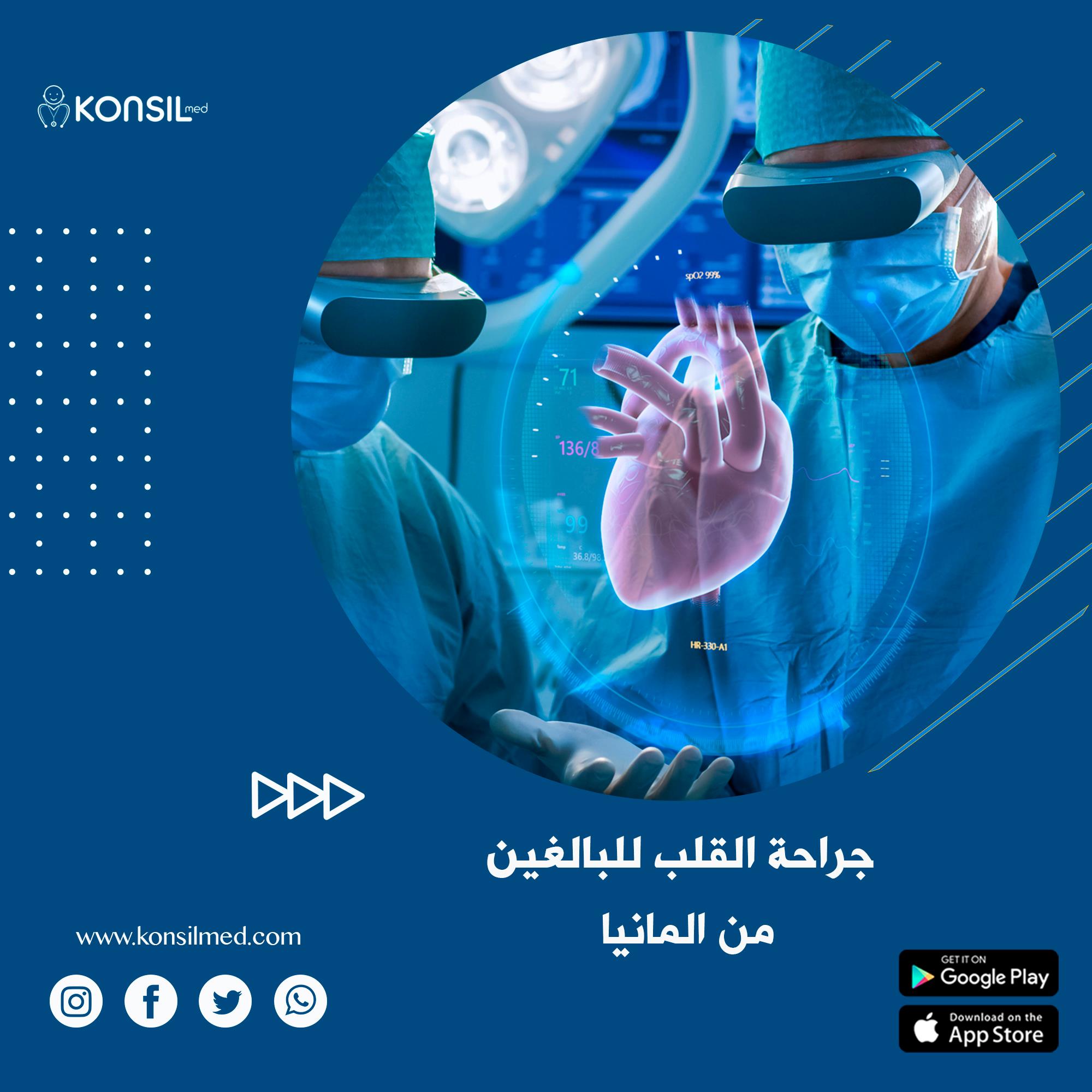
.jpg)
.jpg)